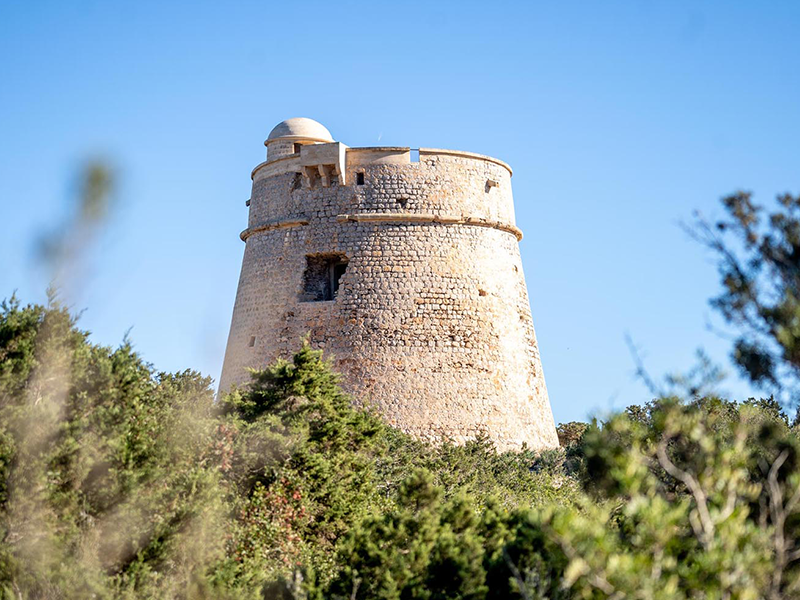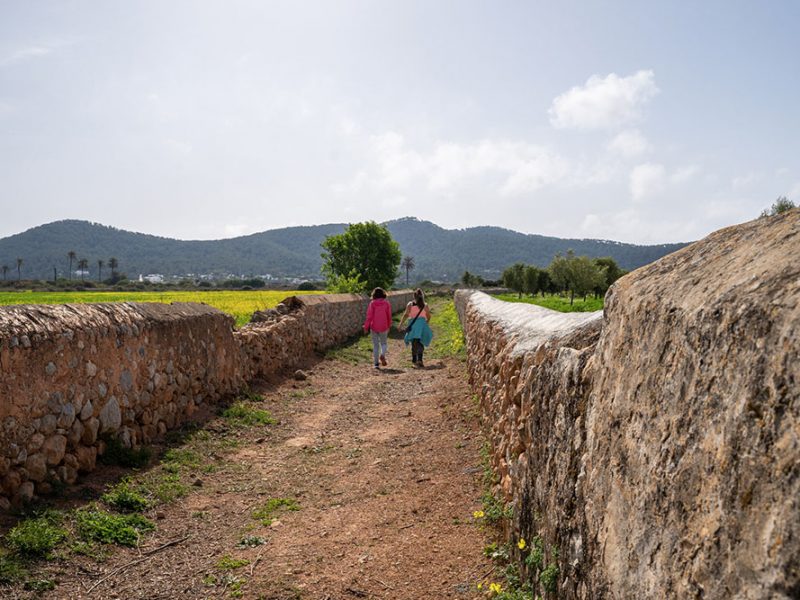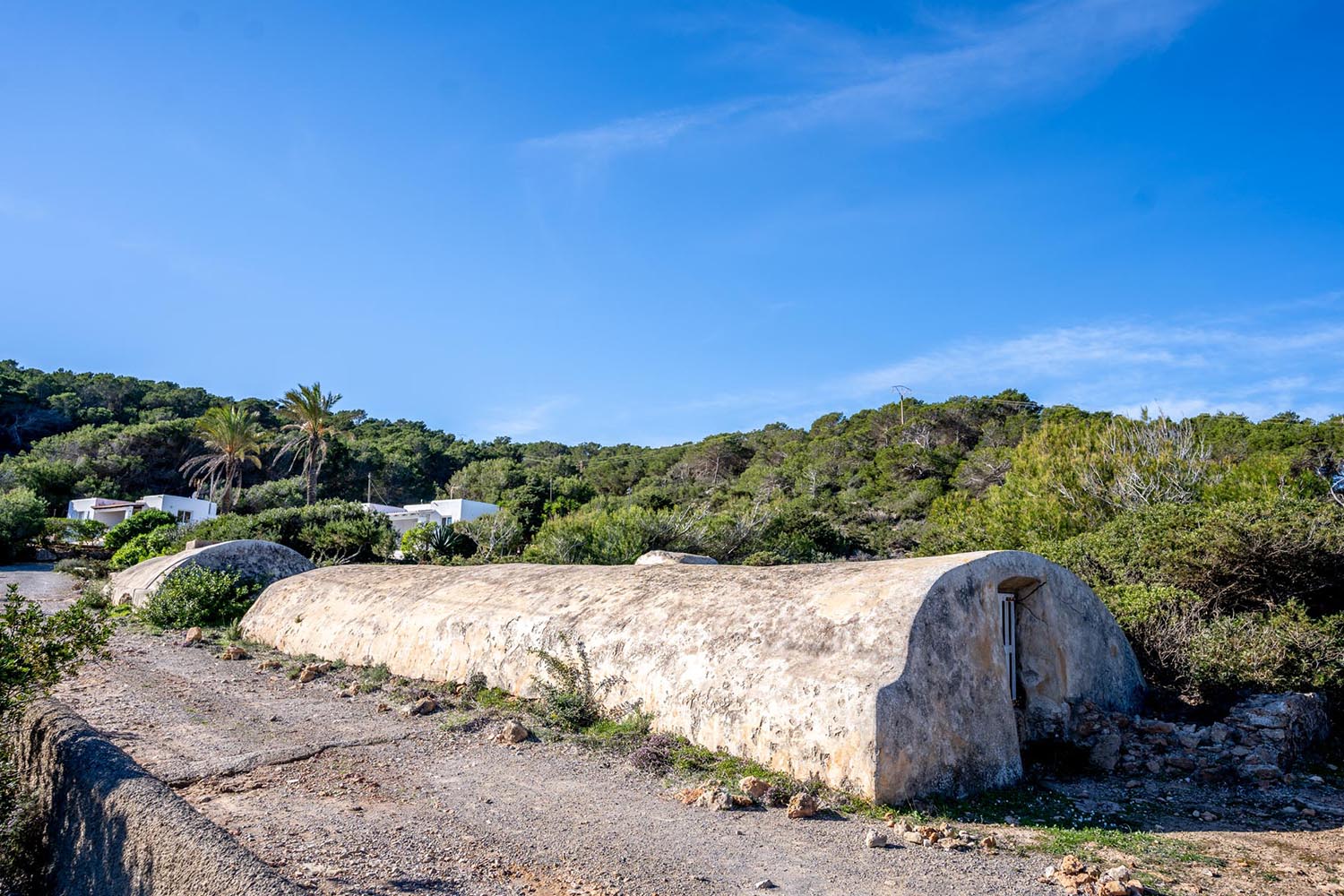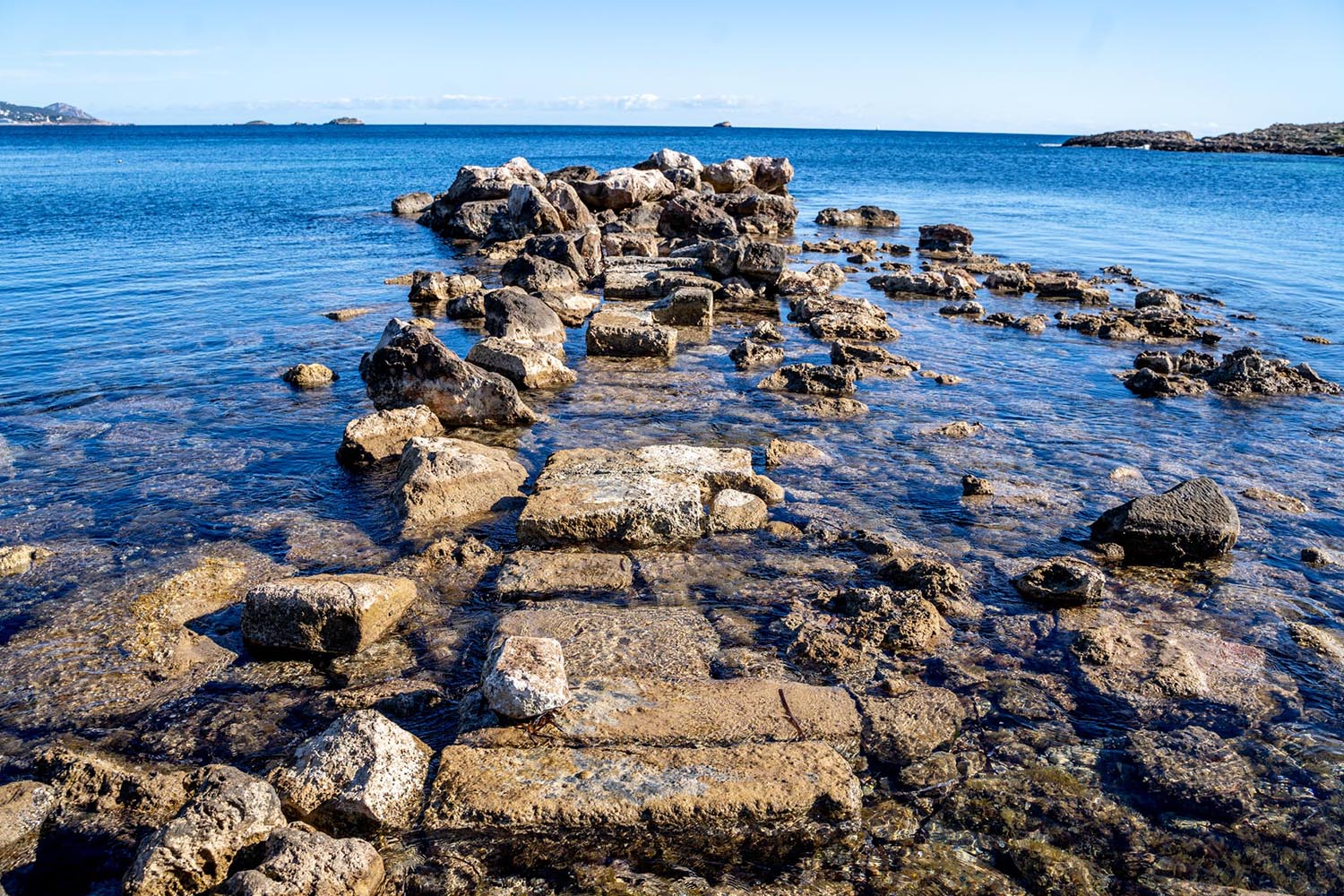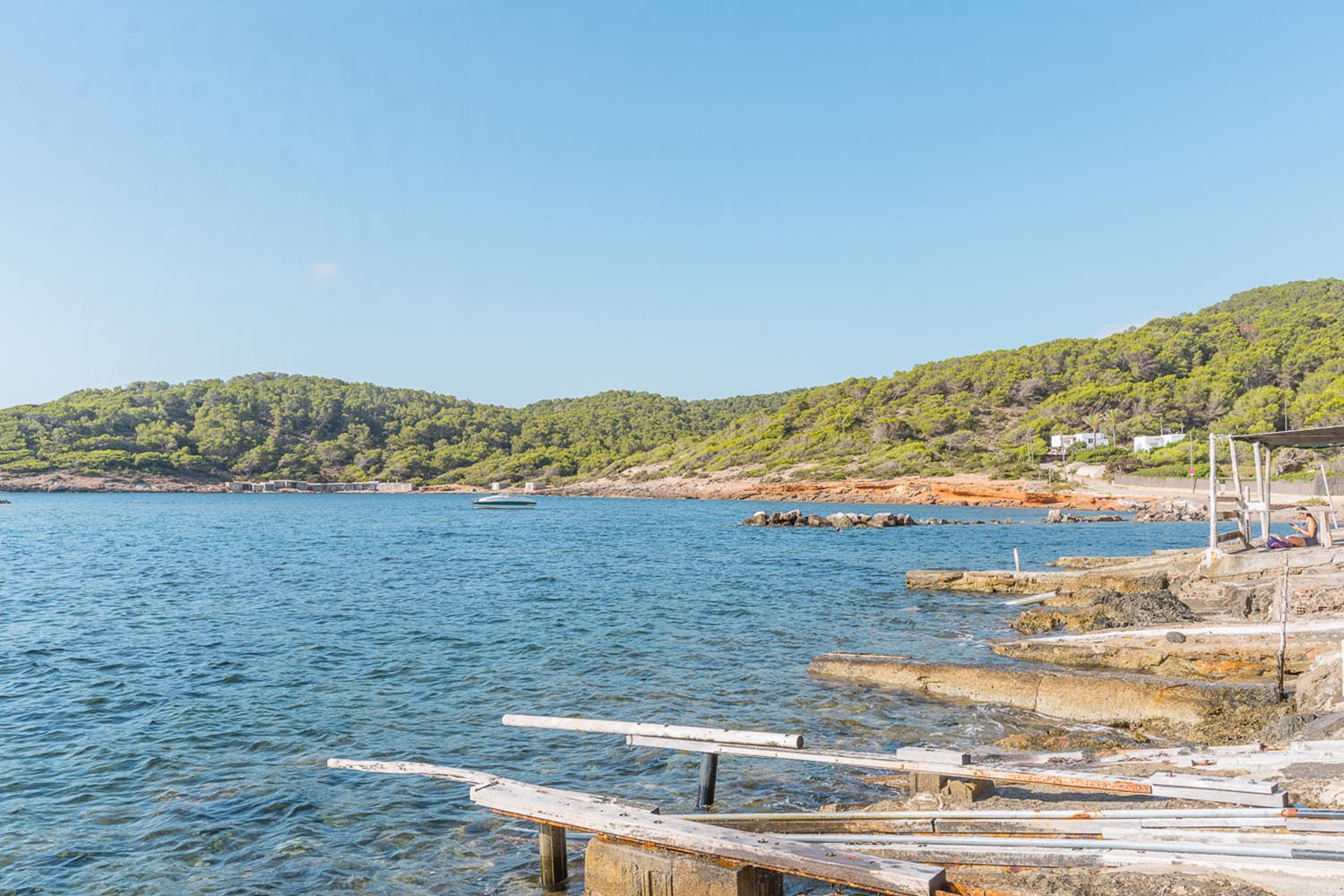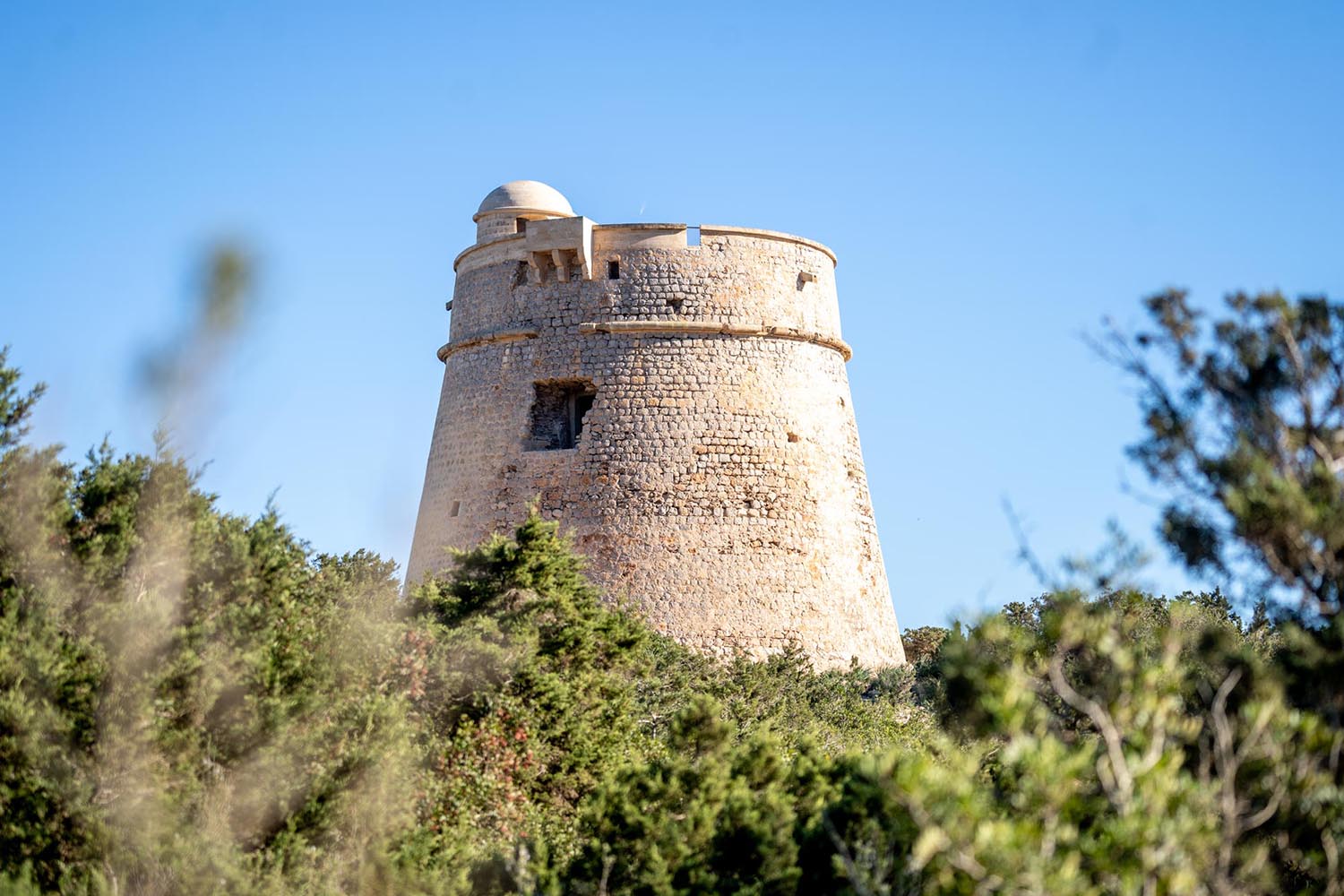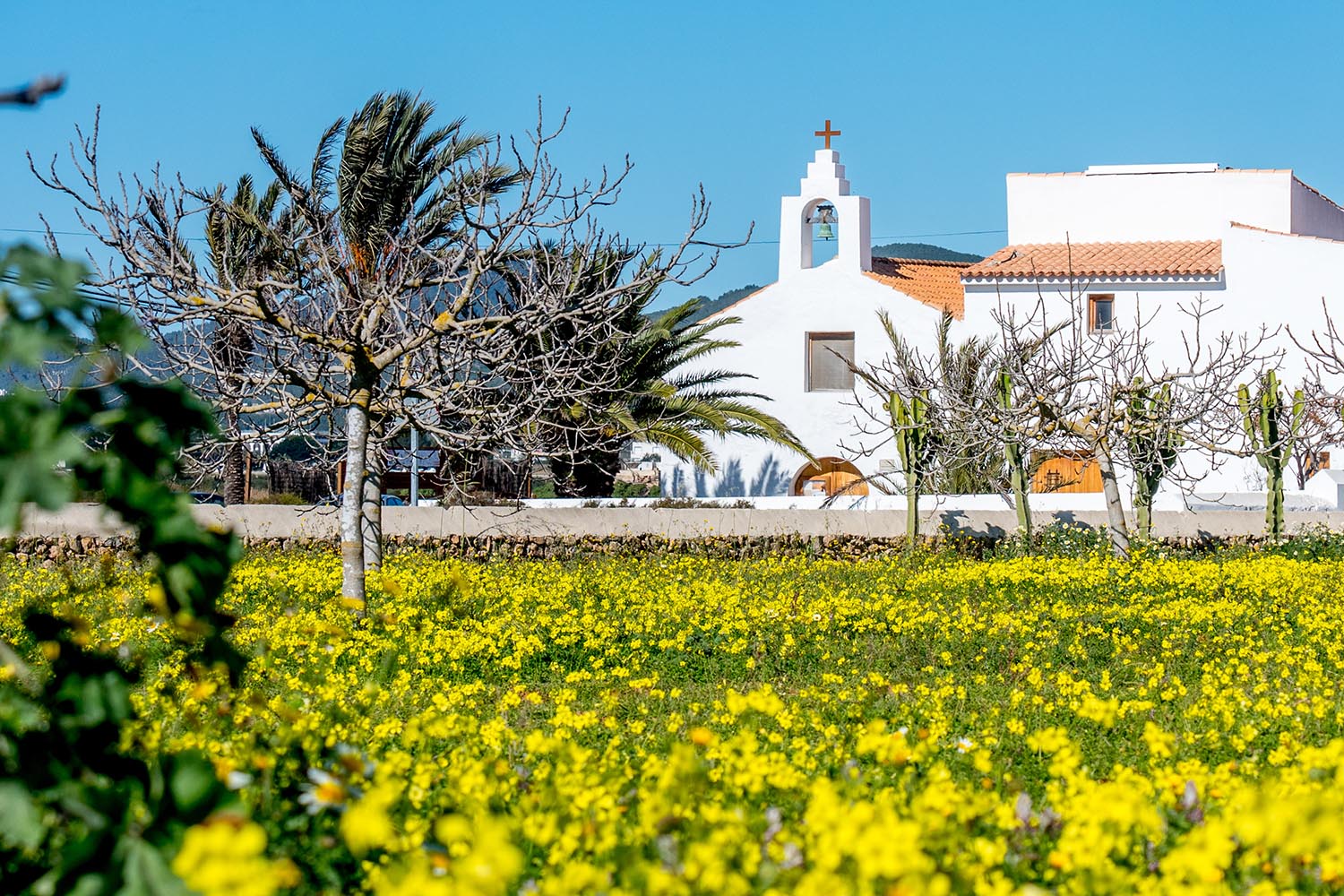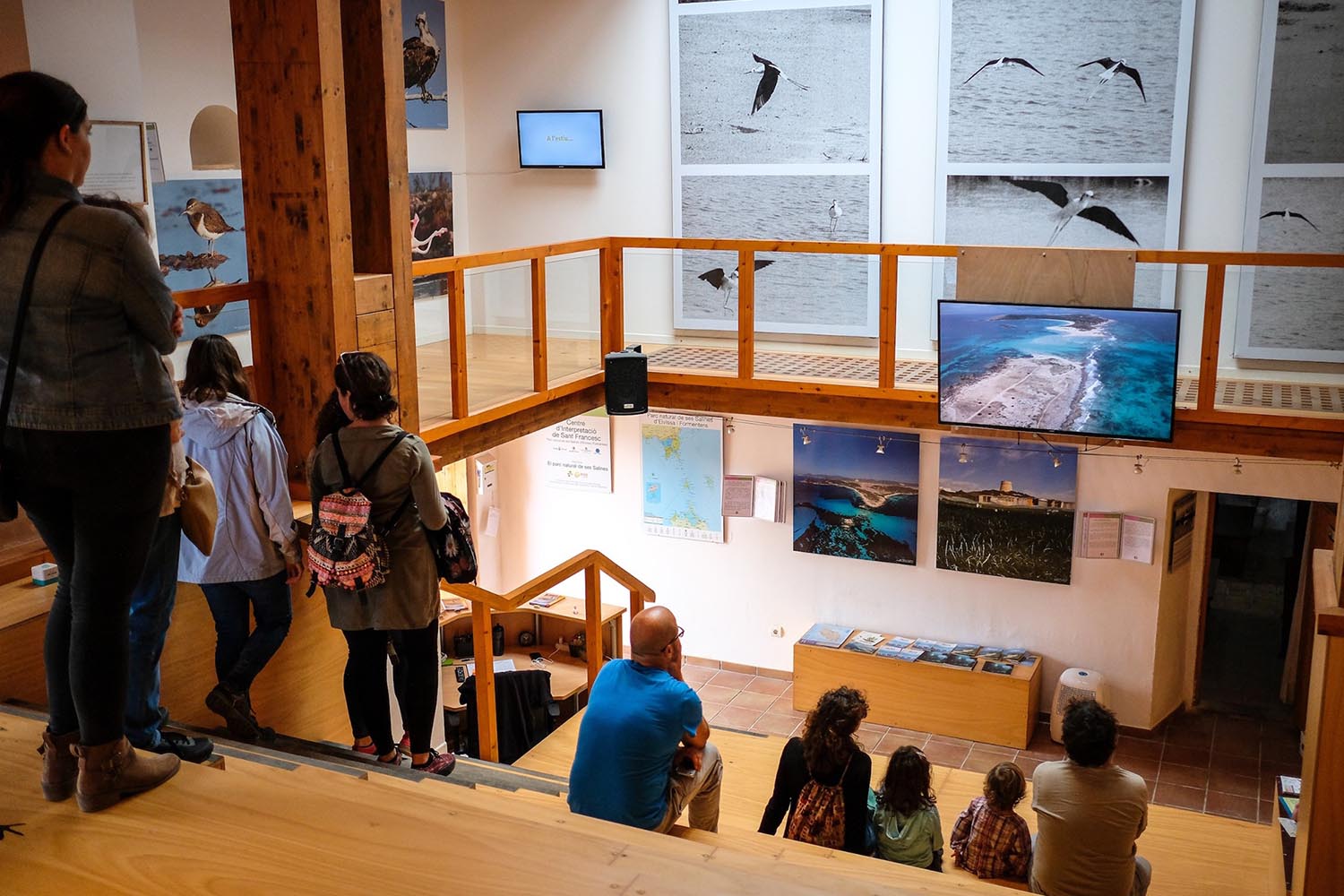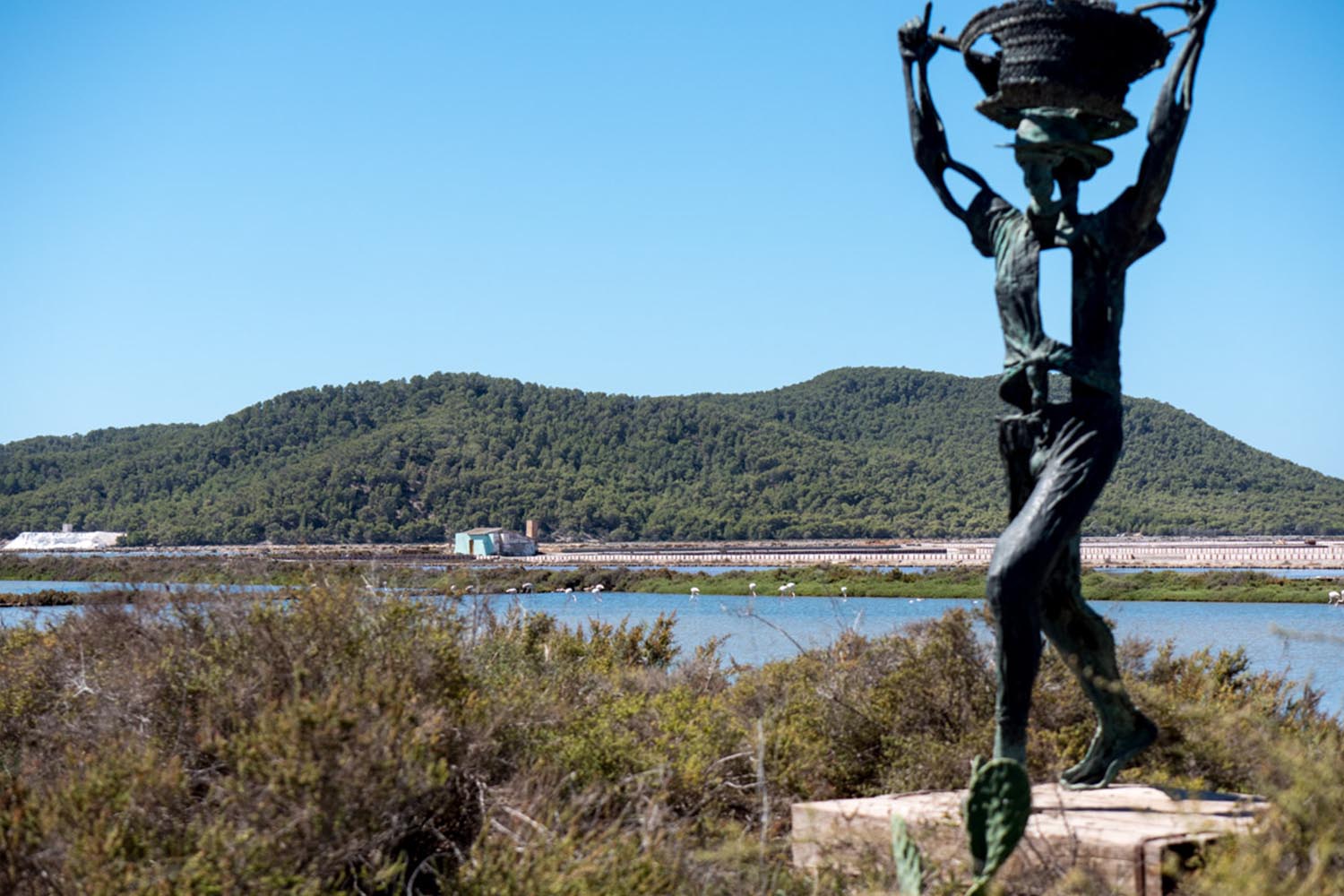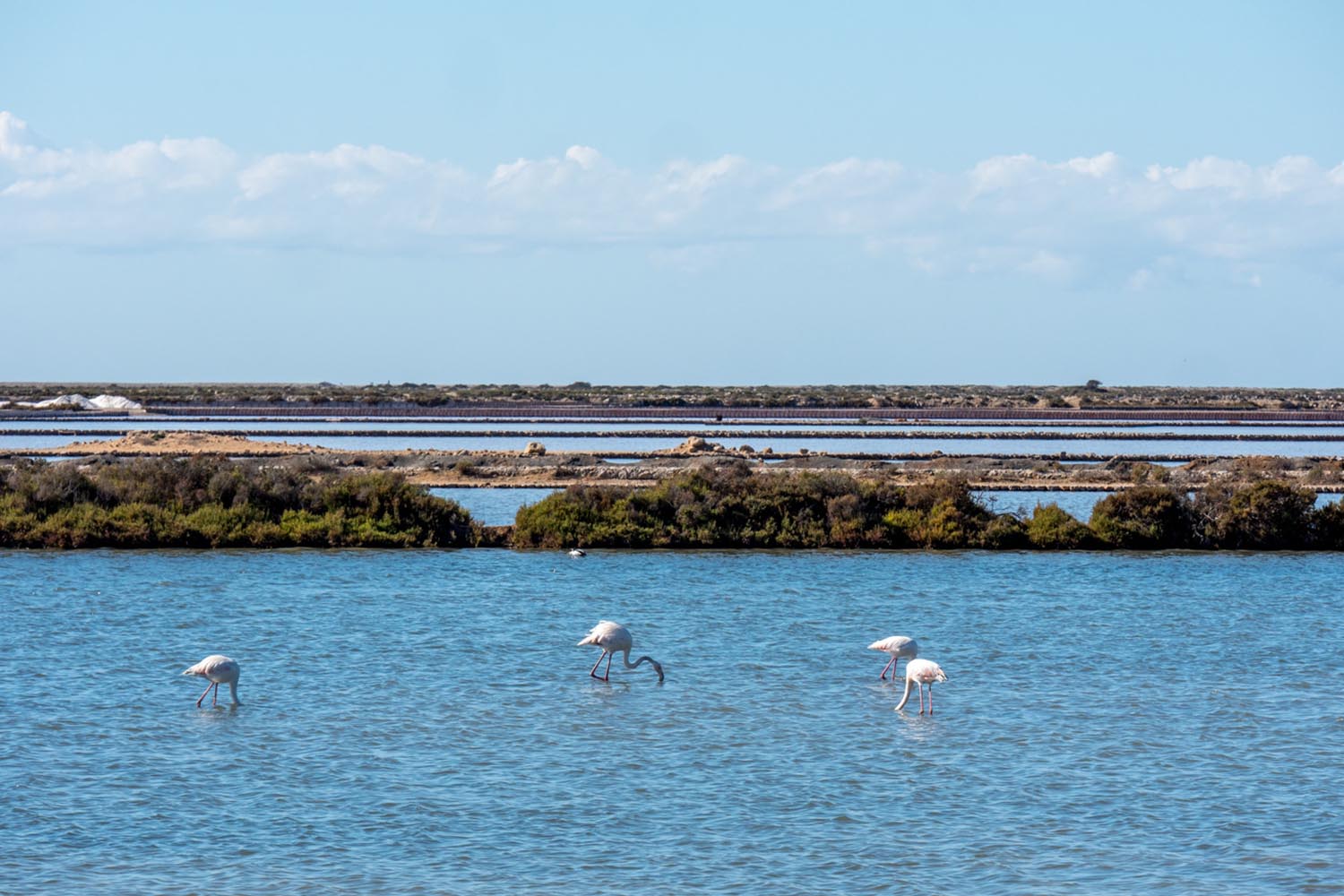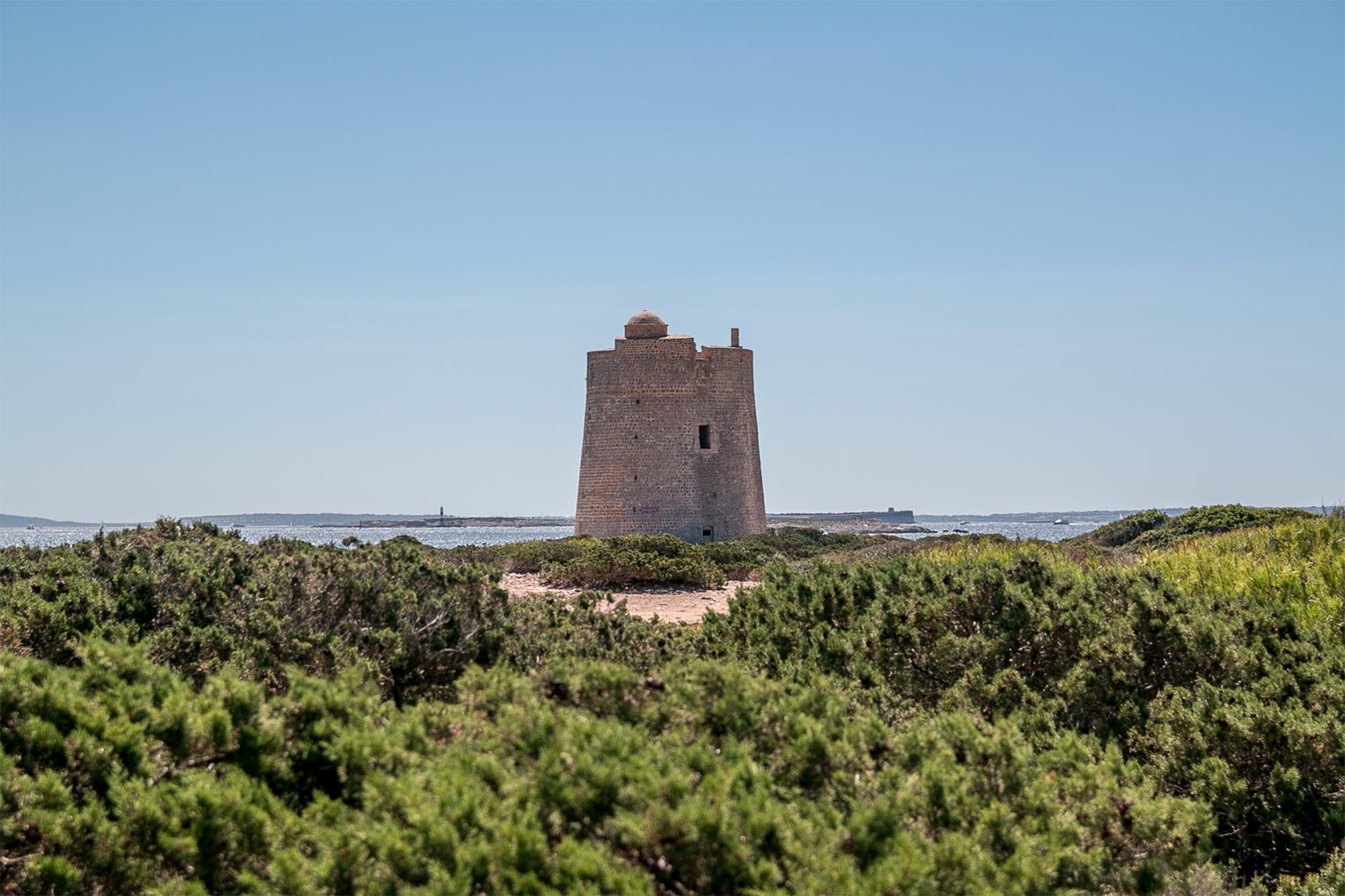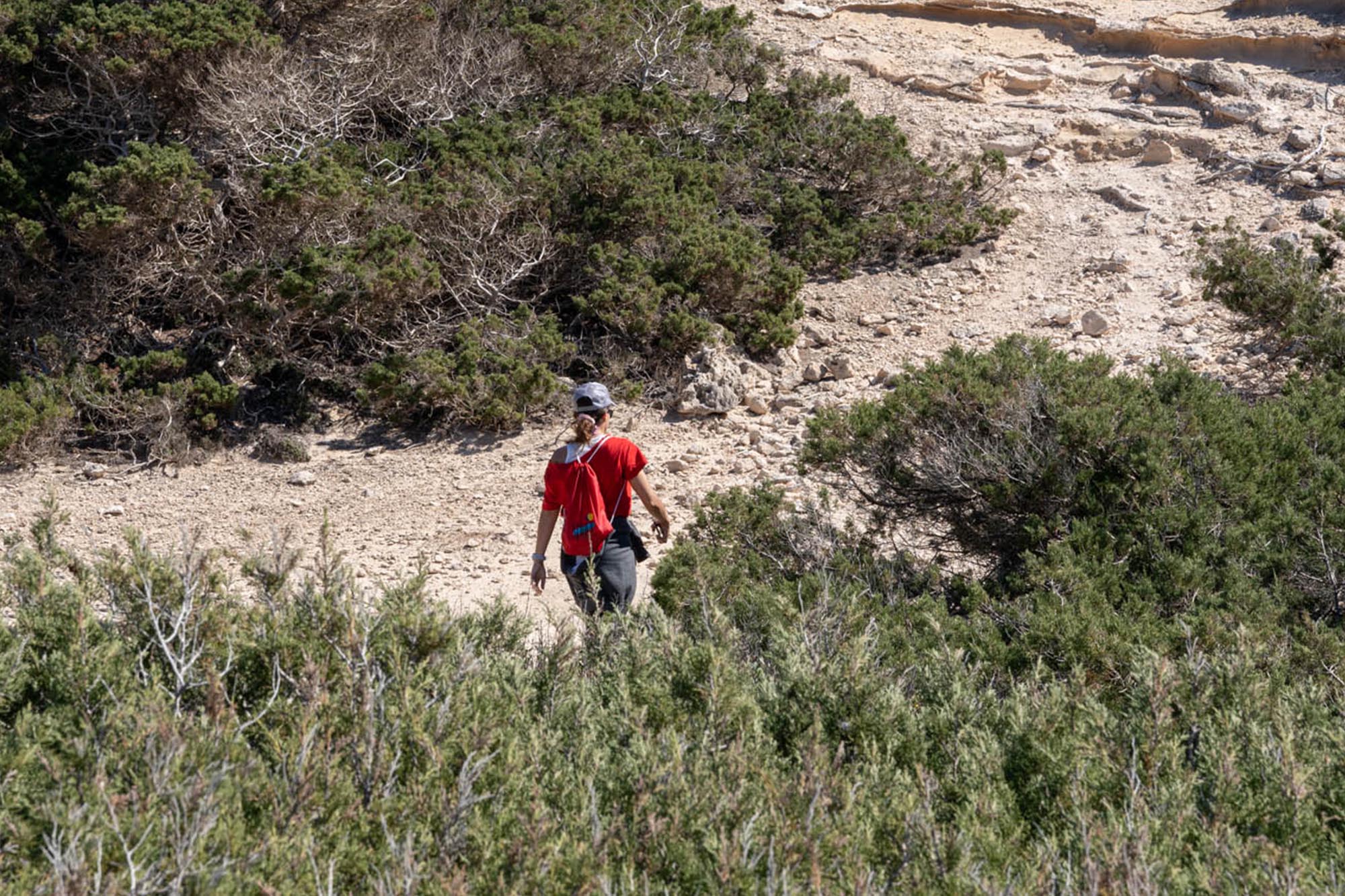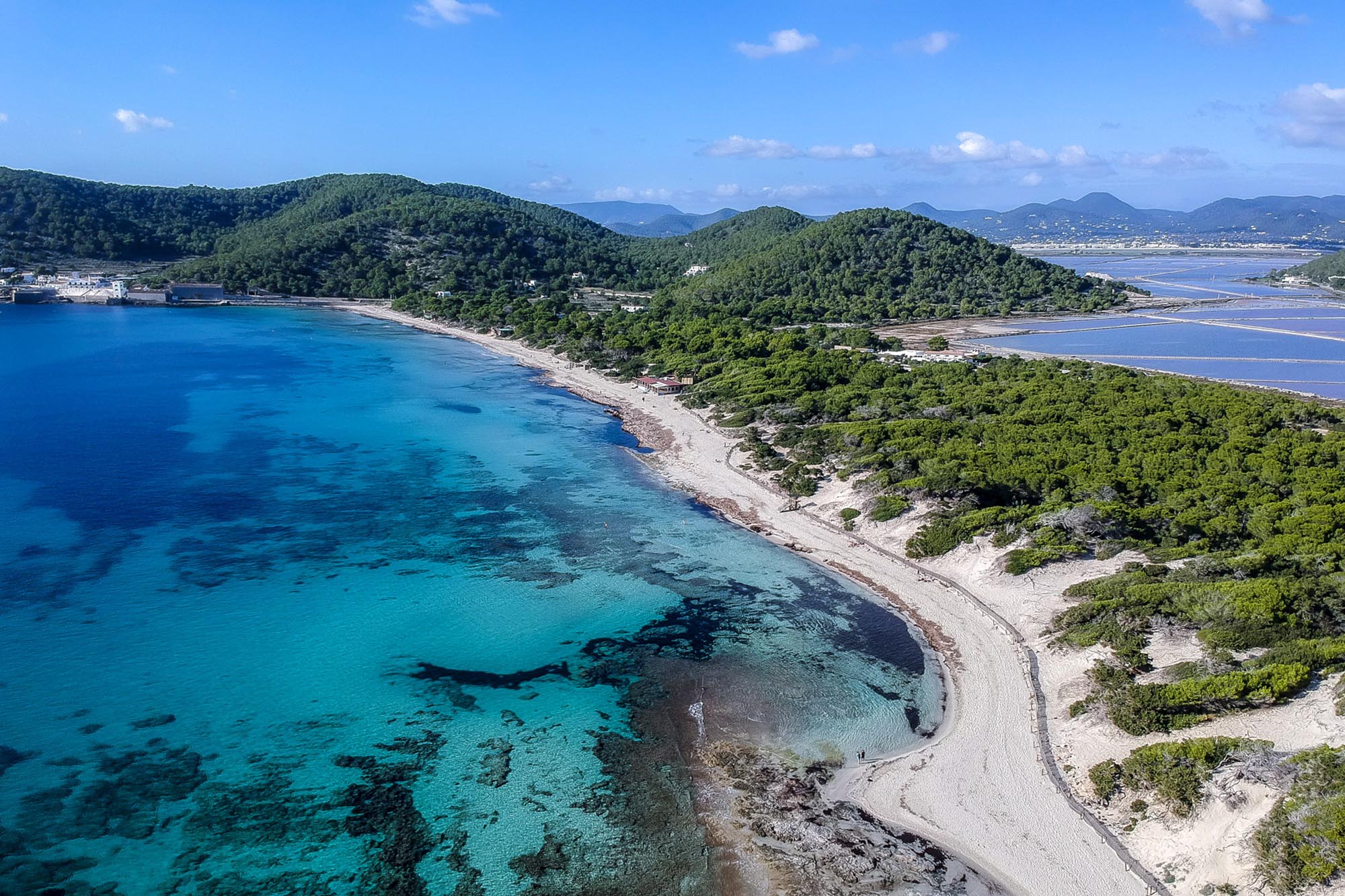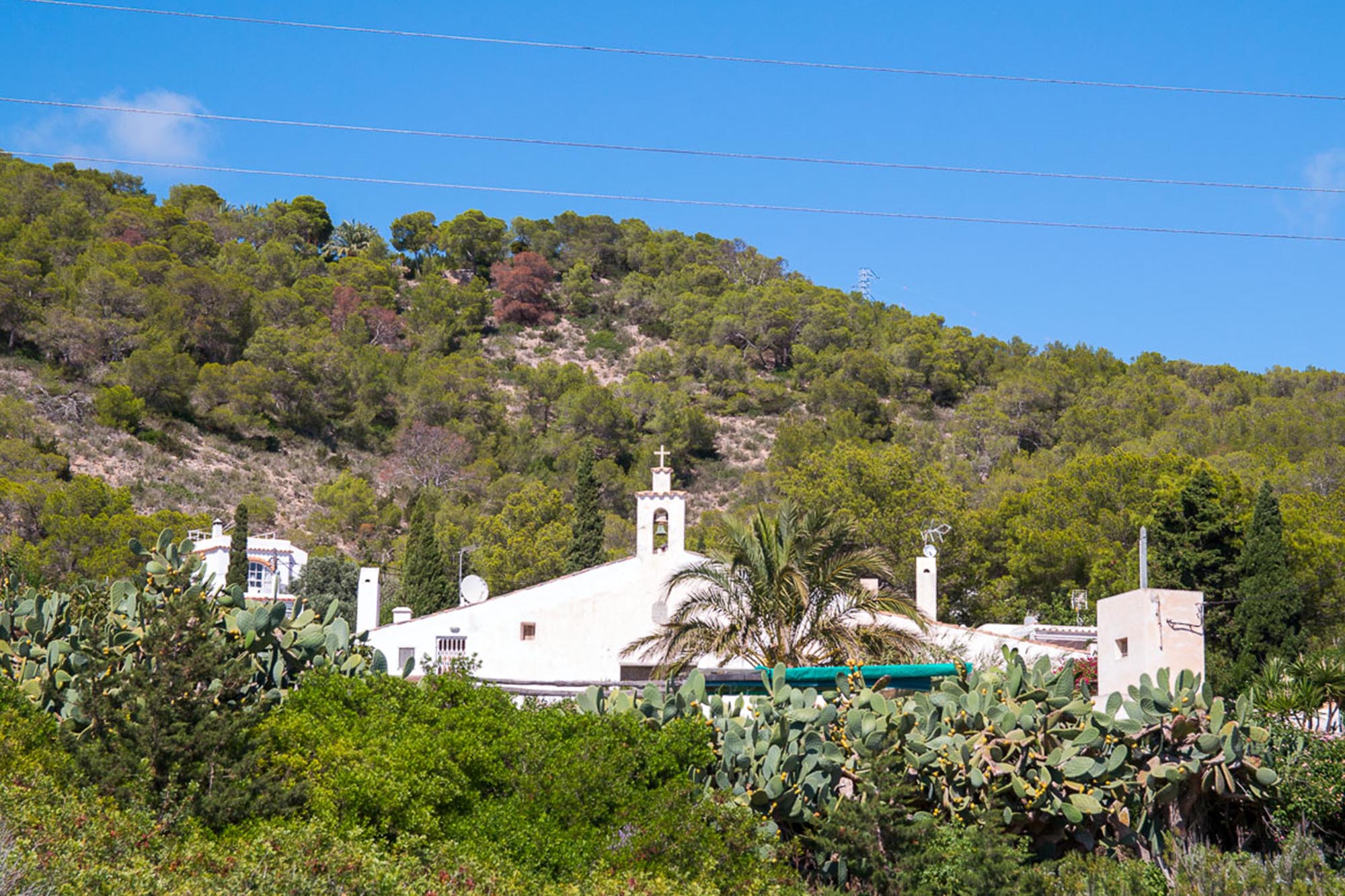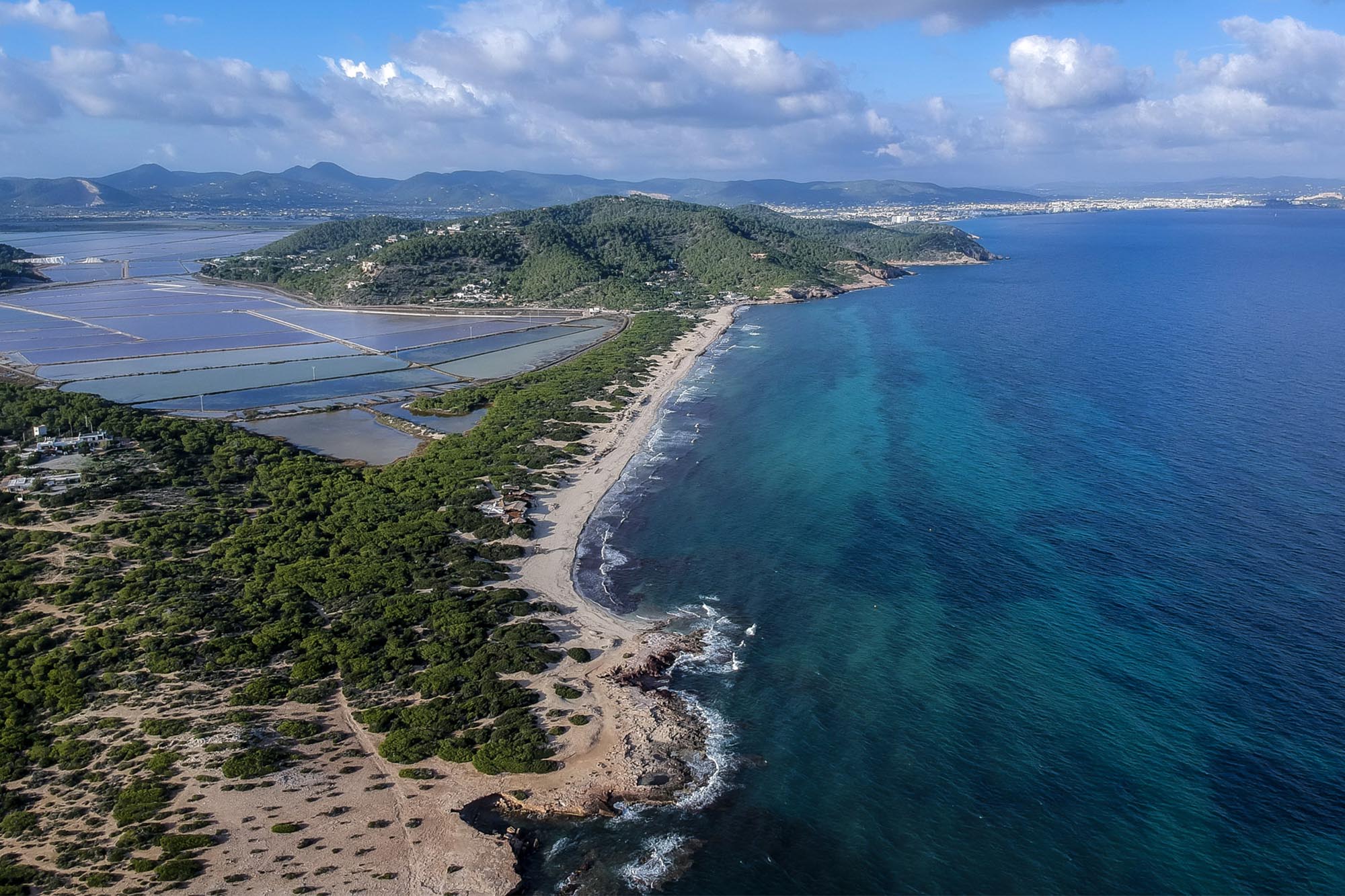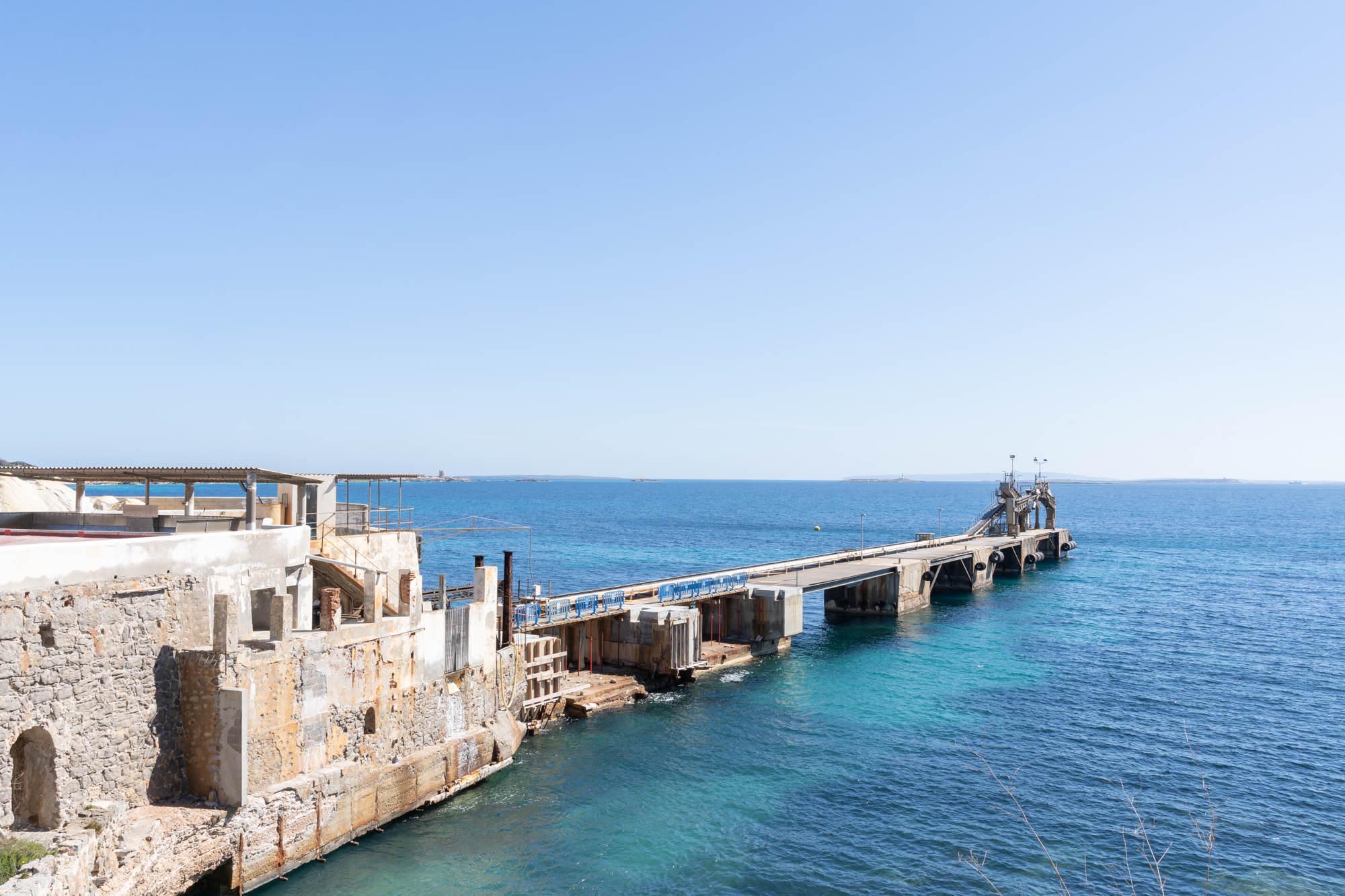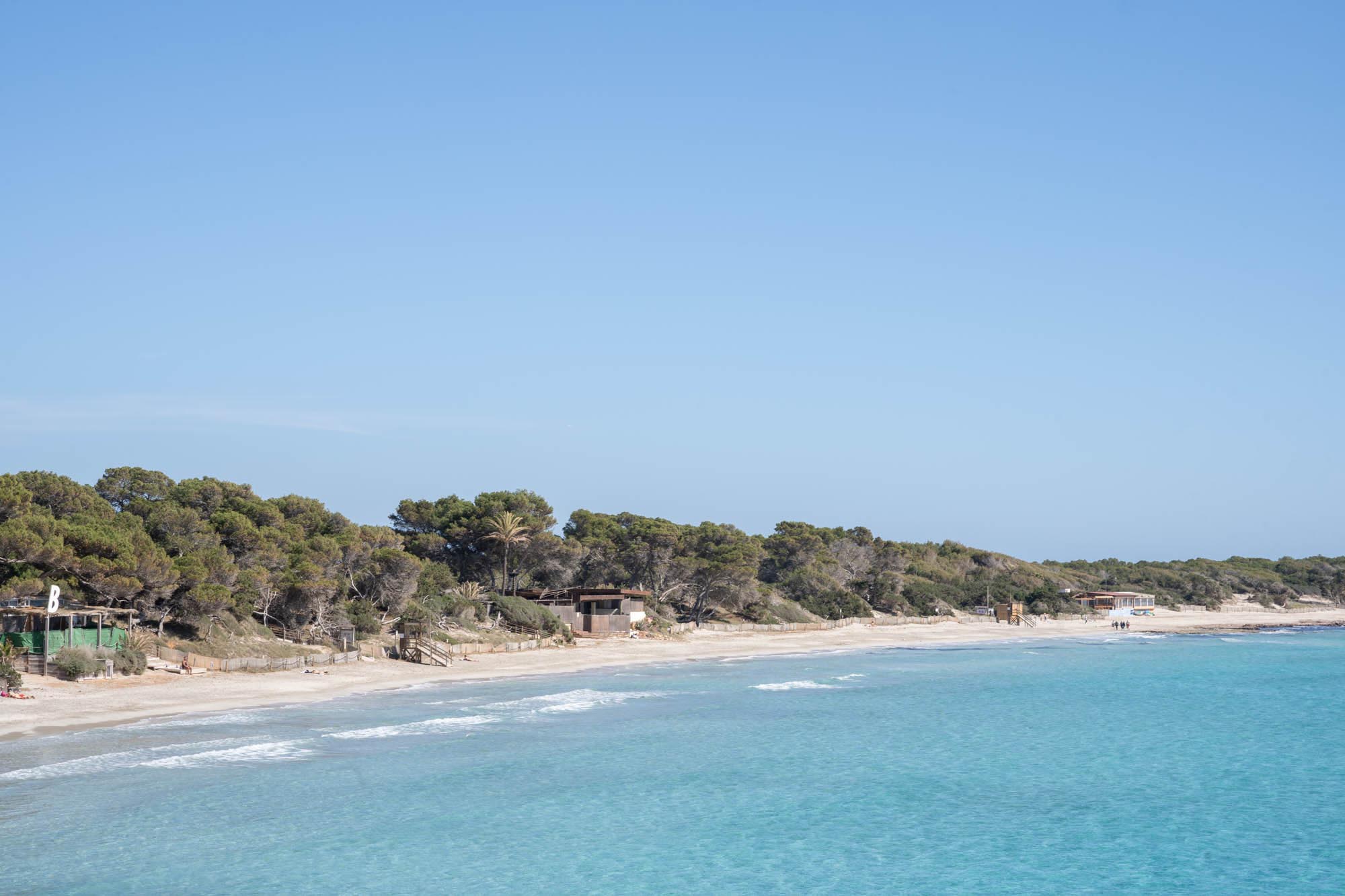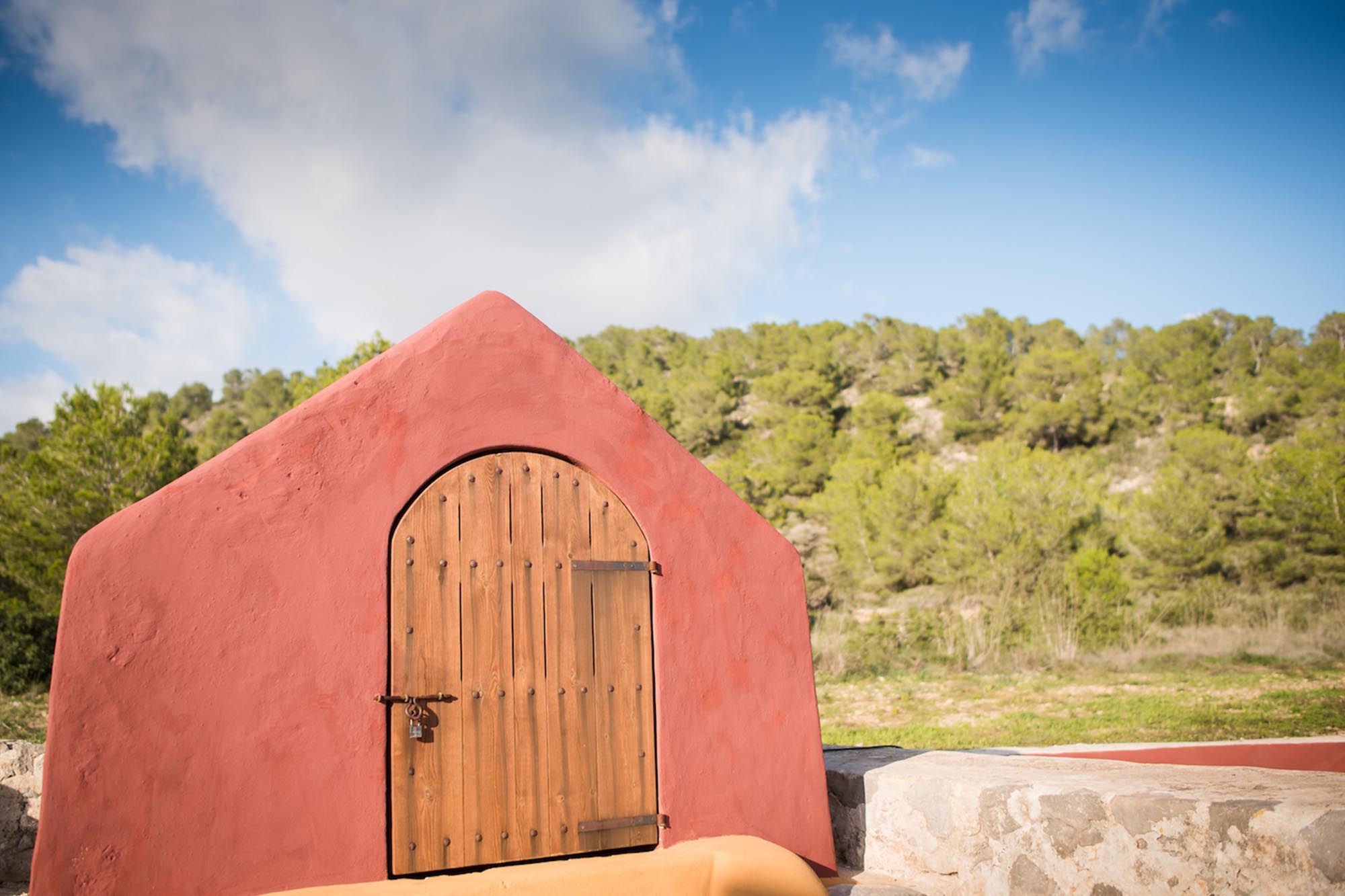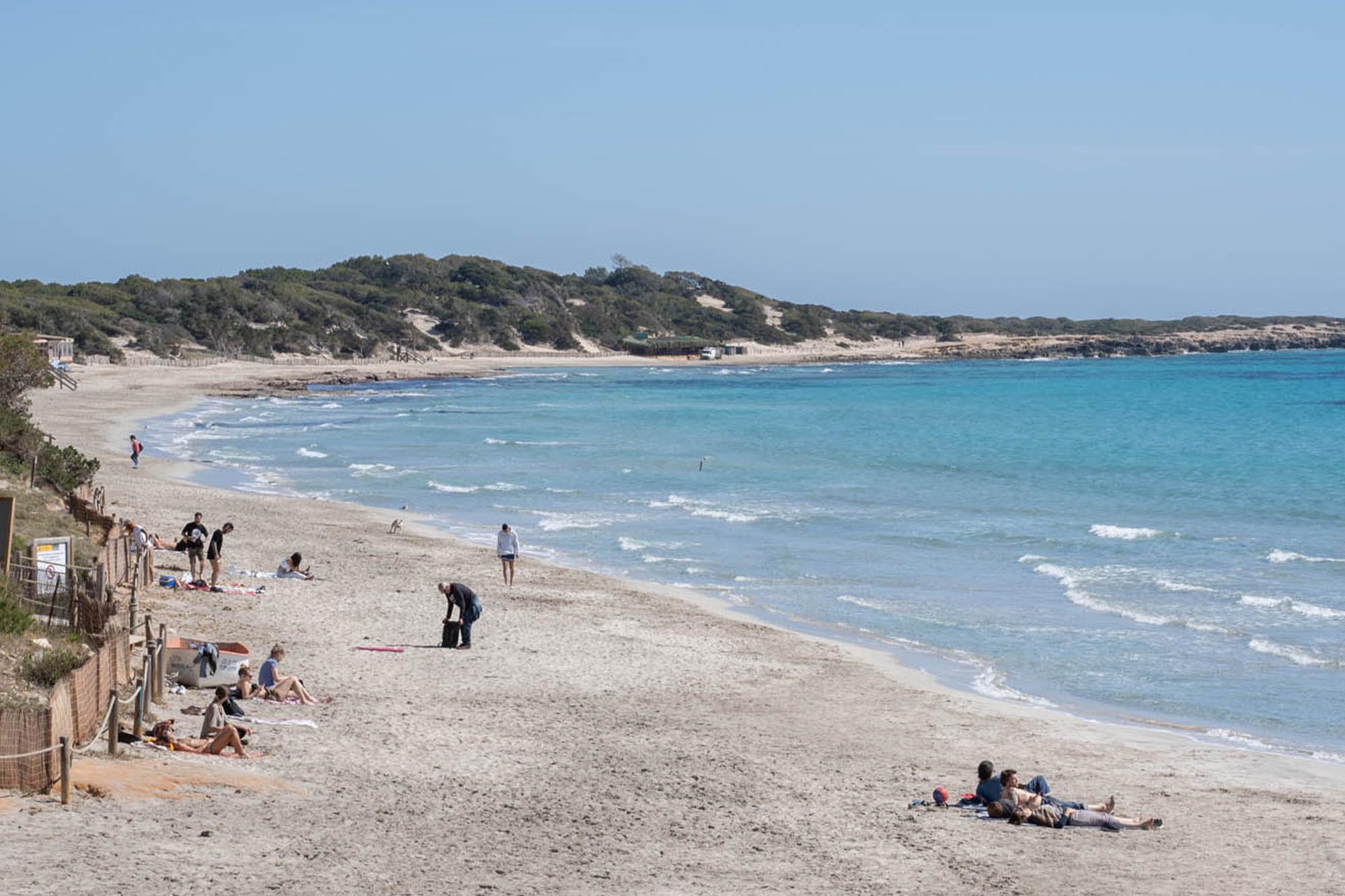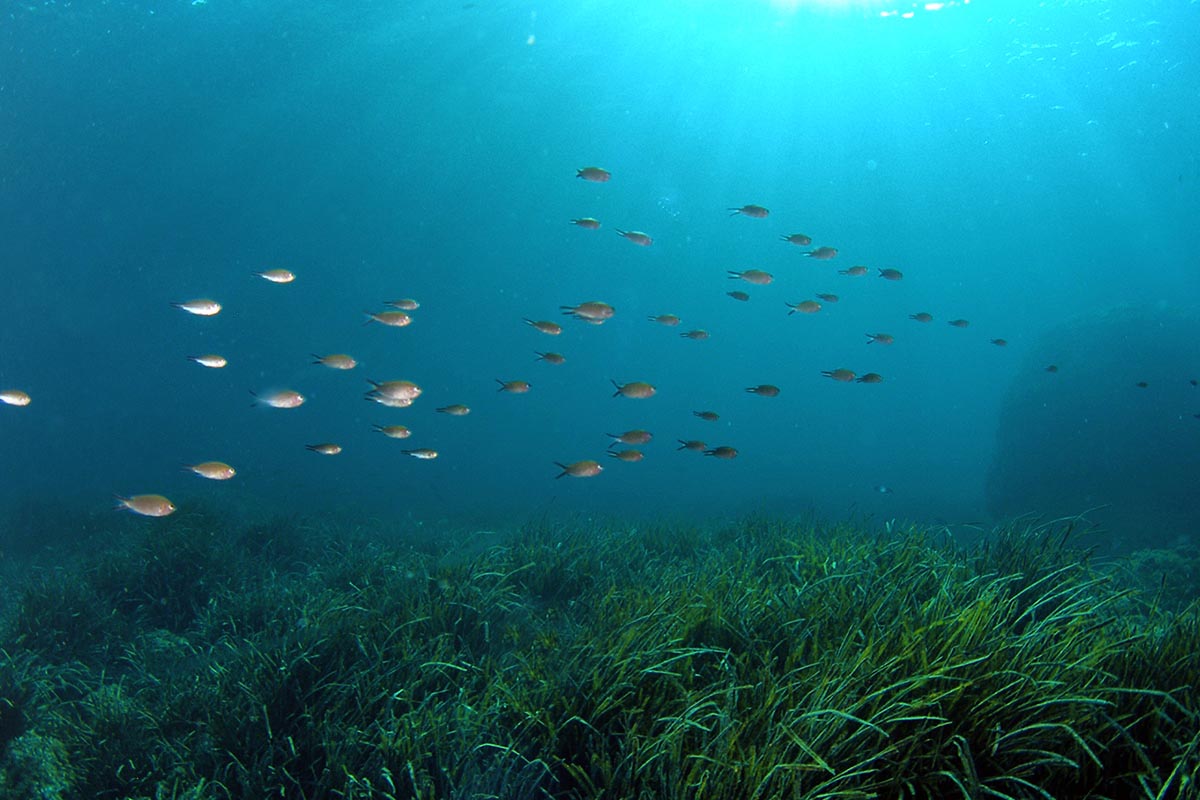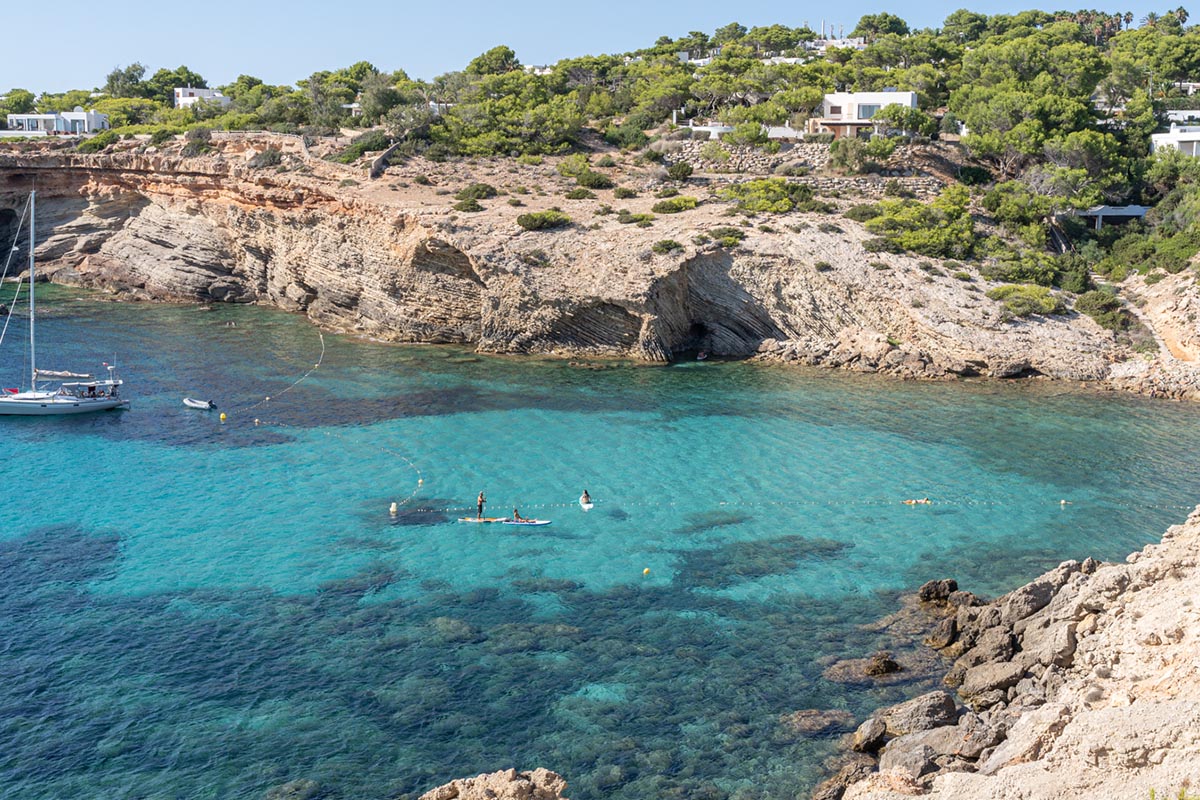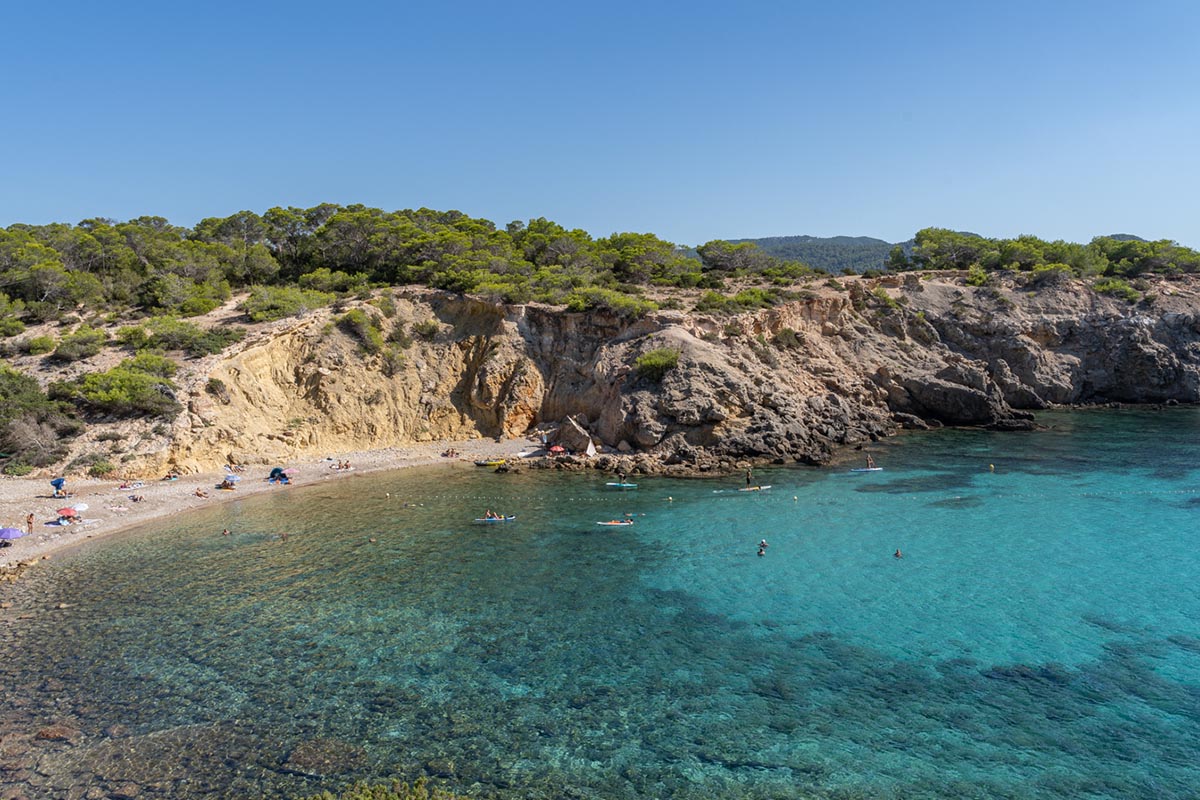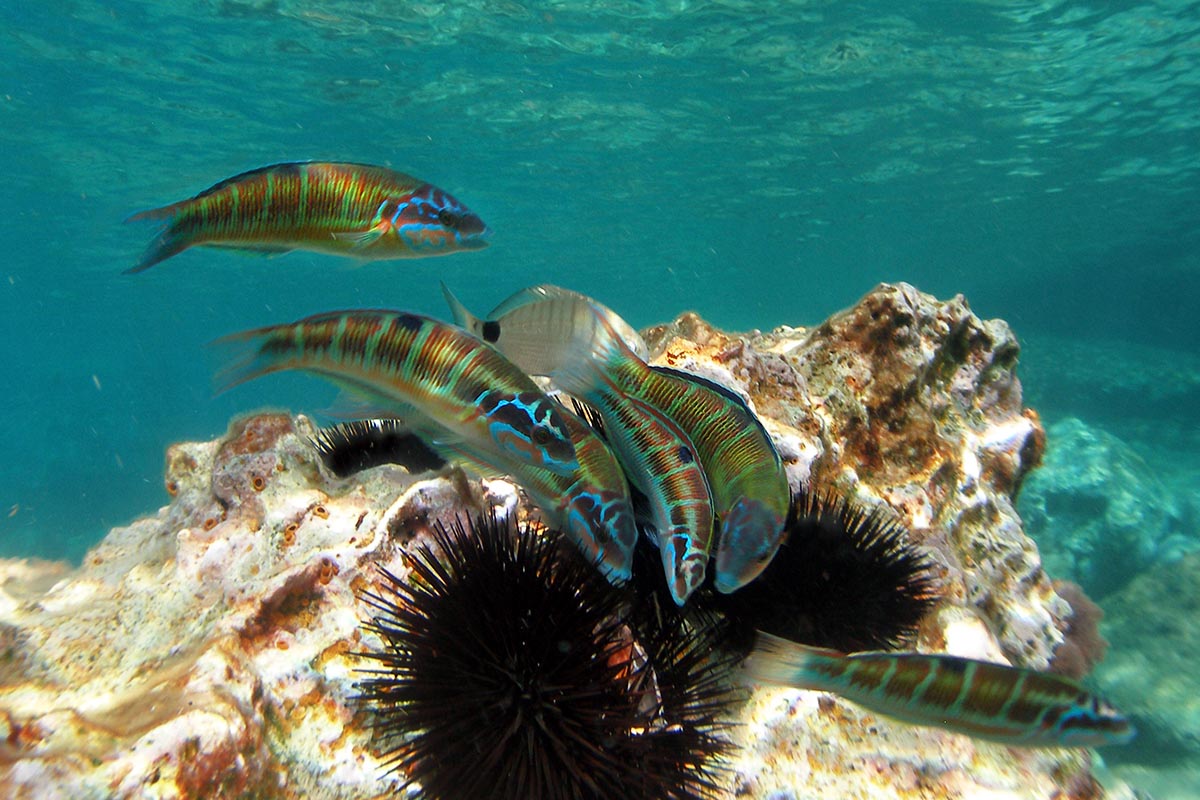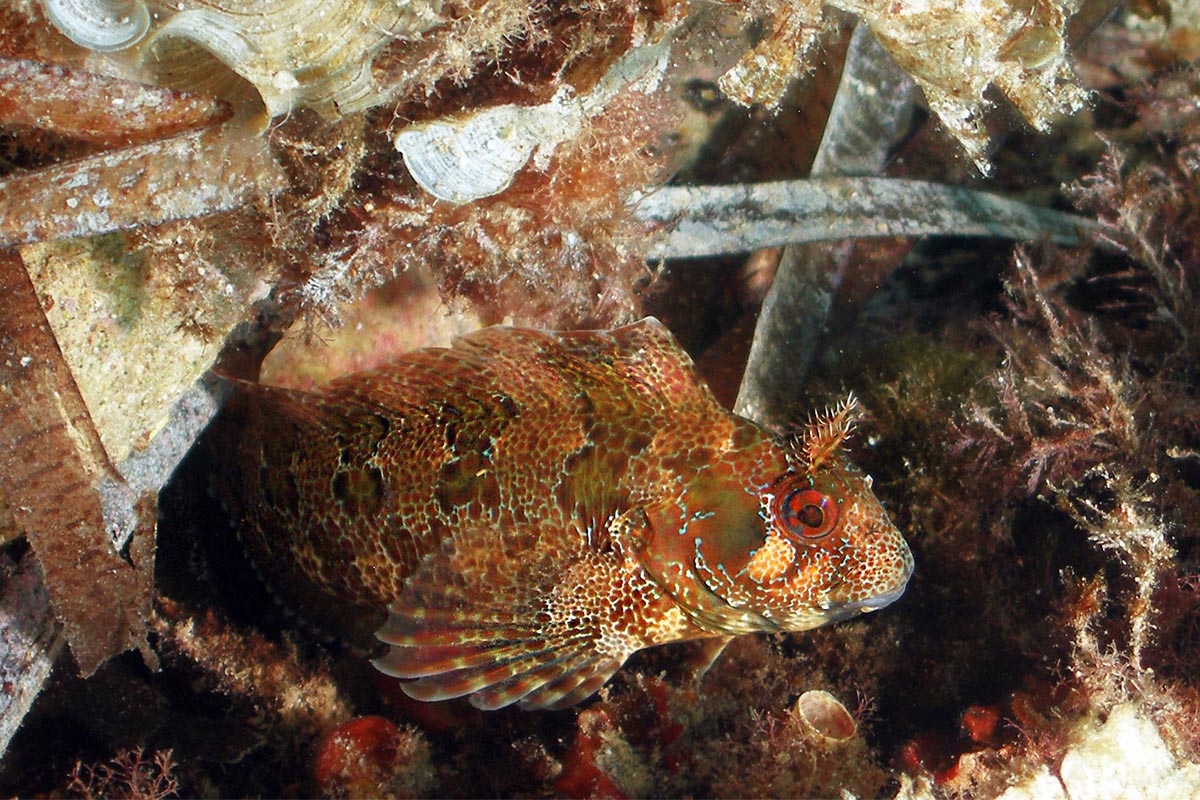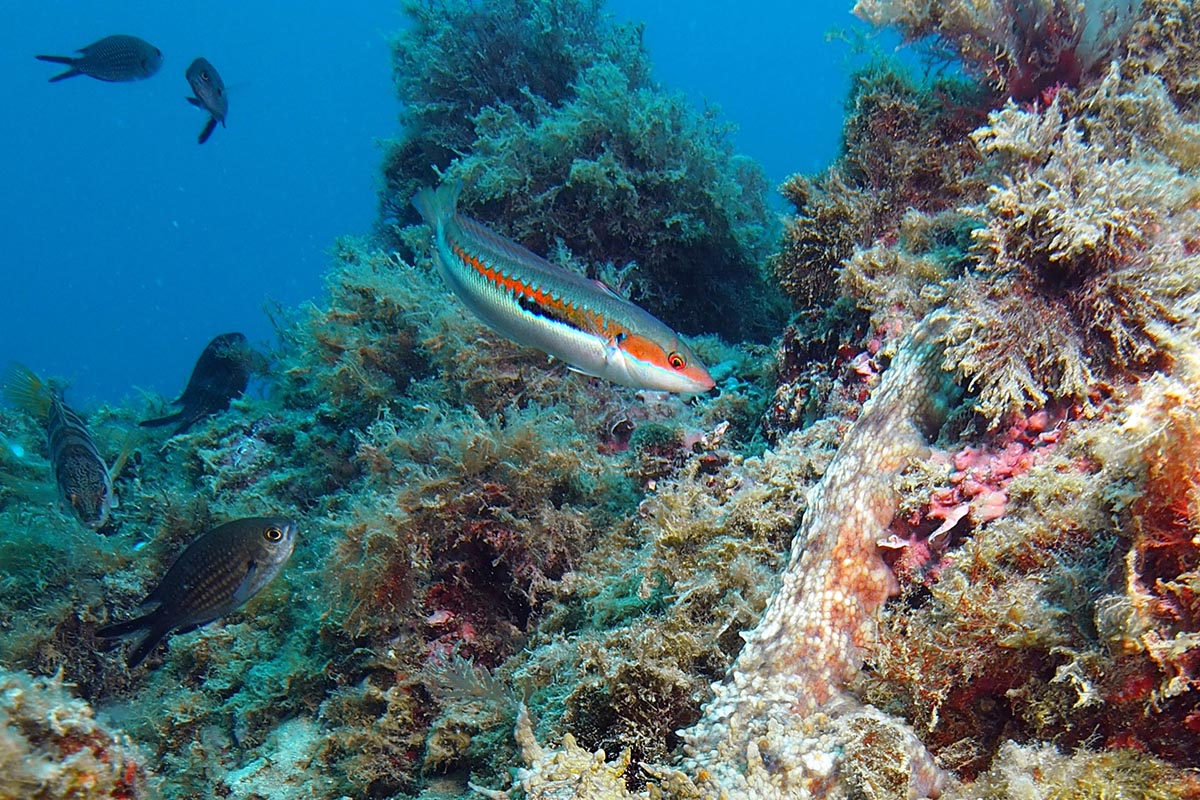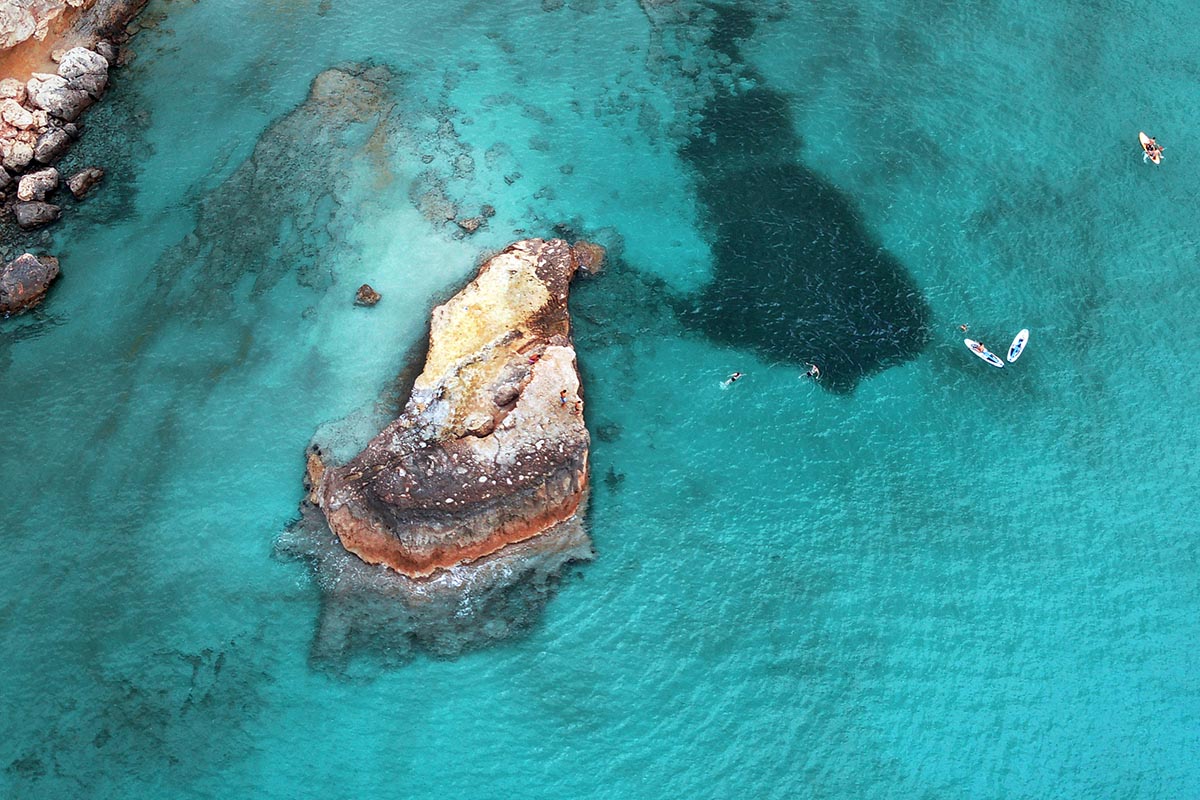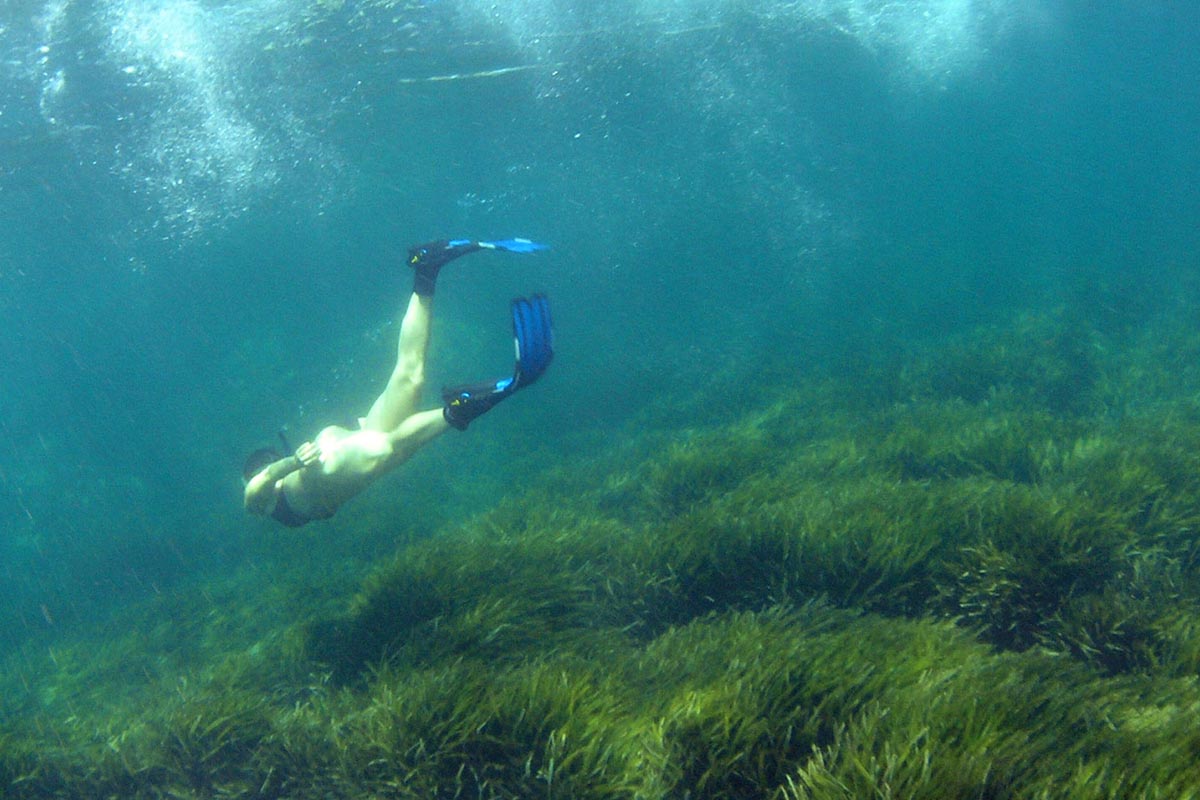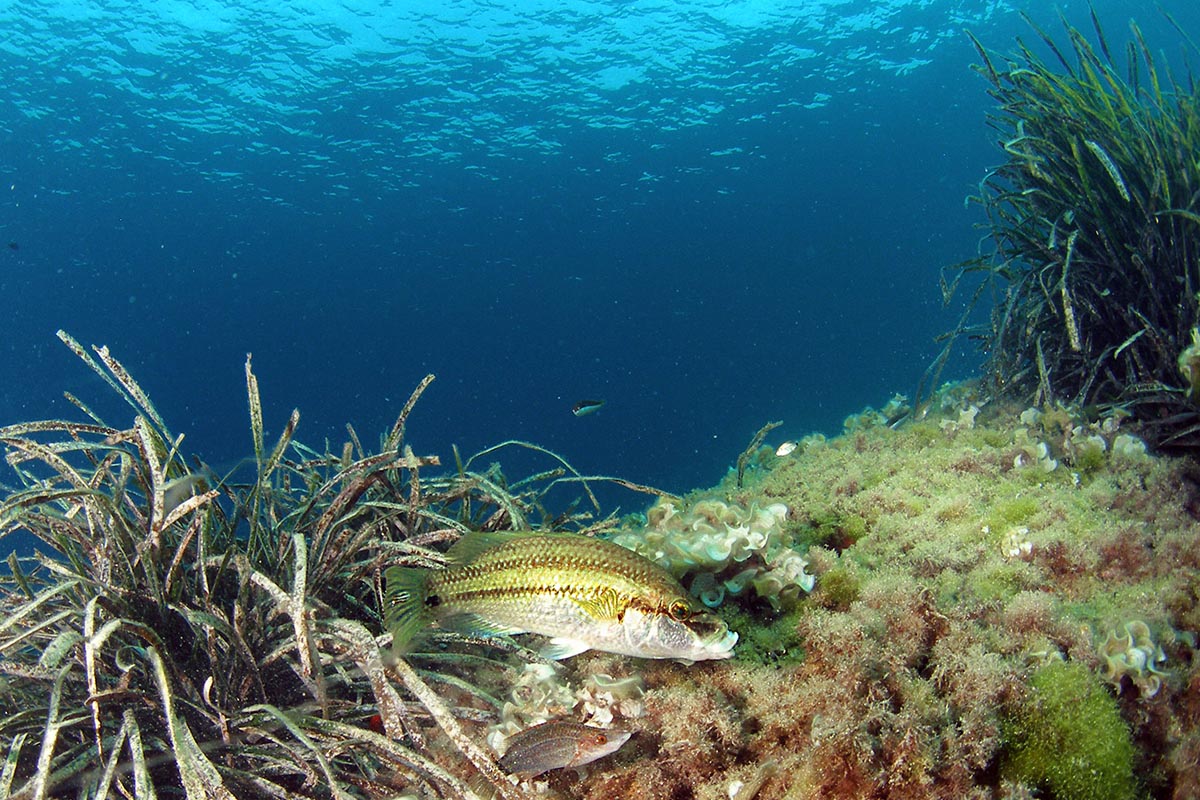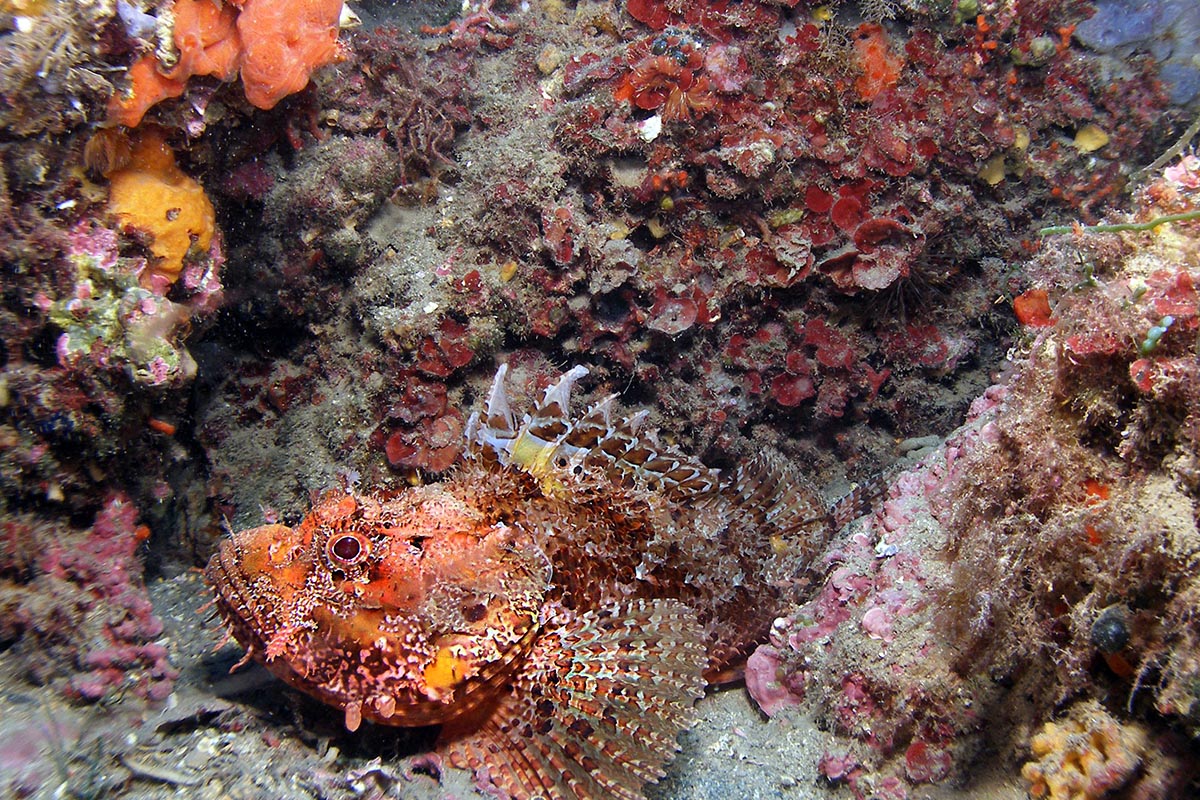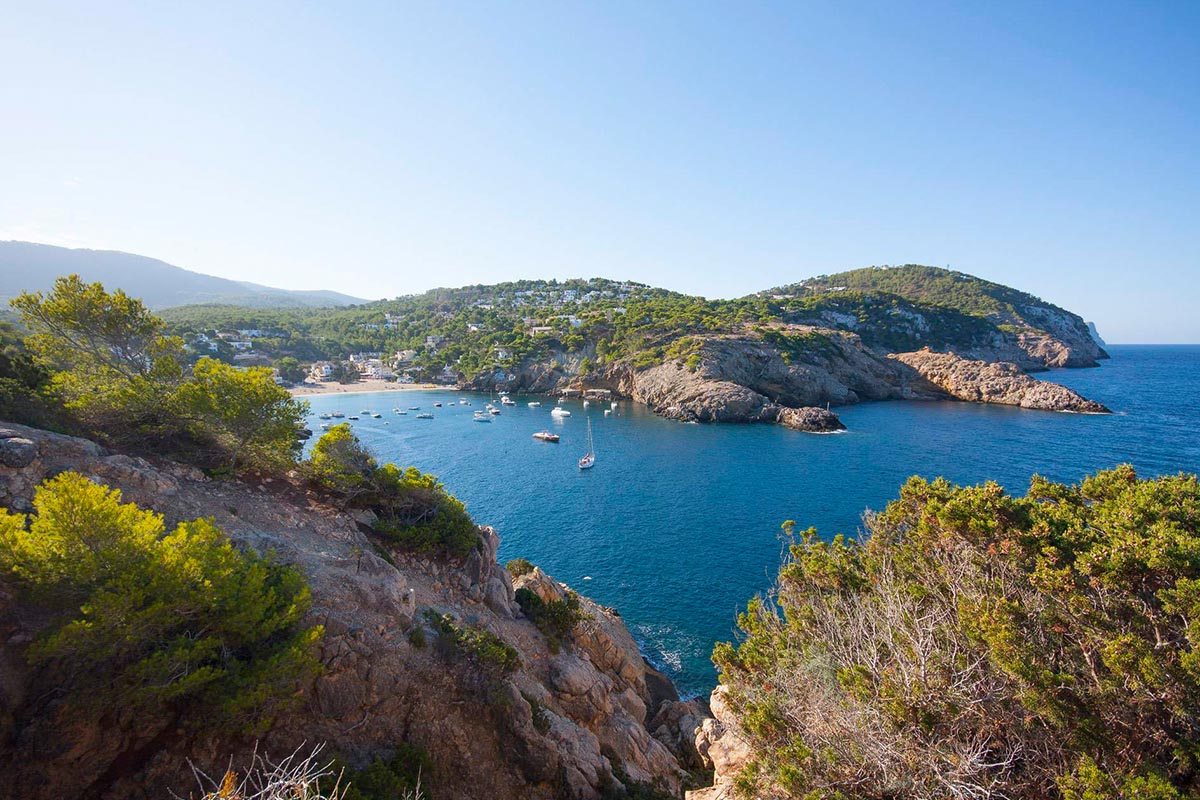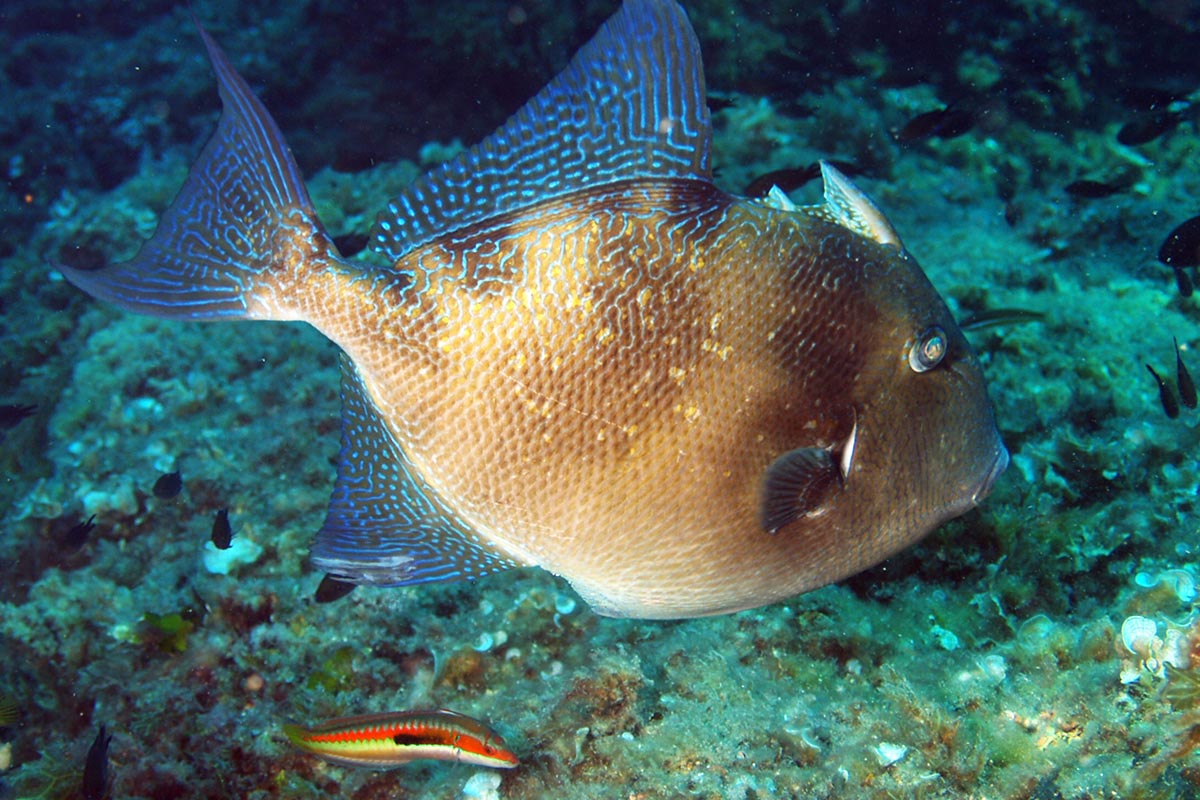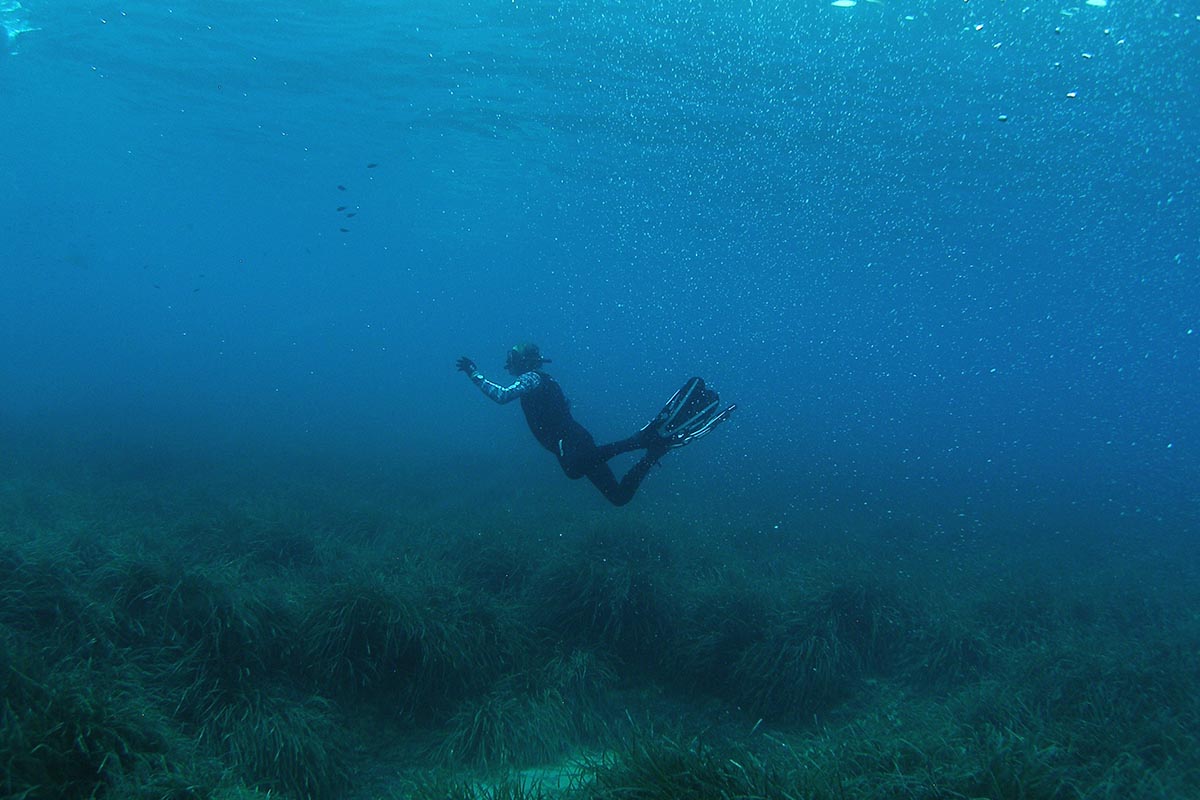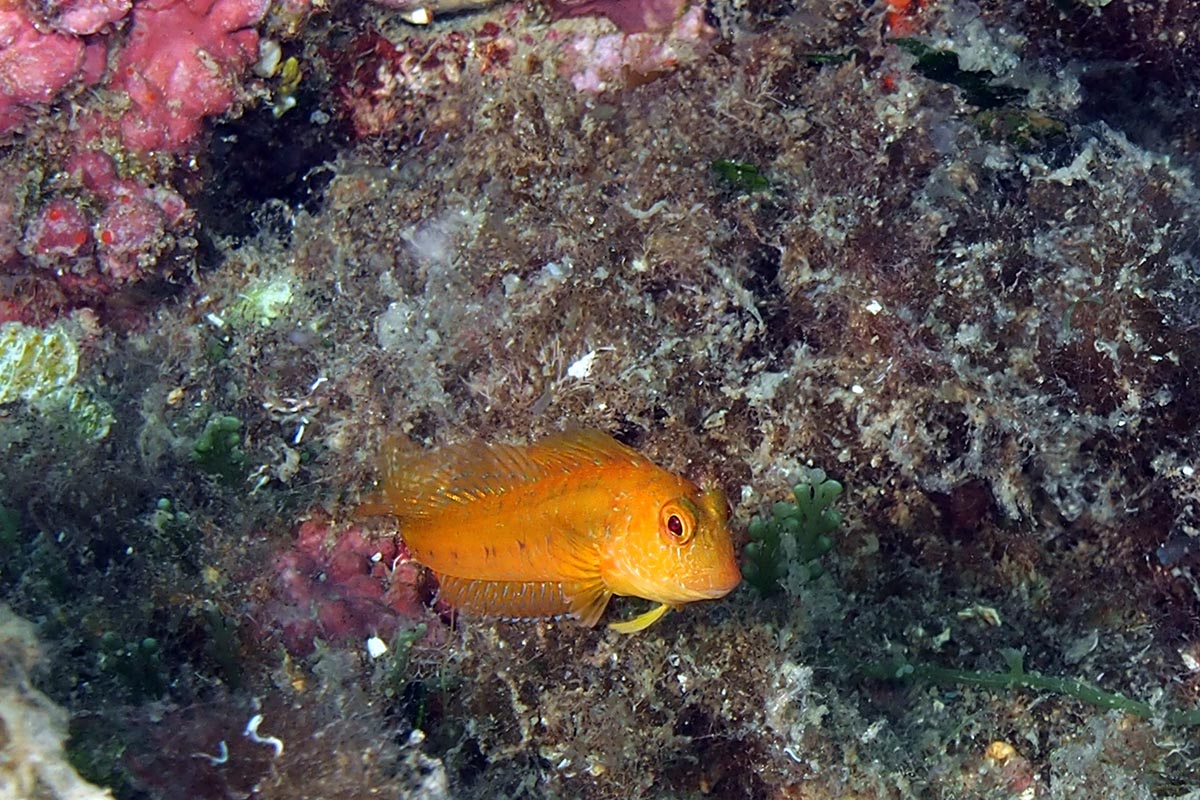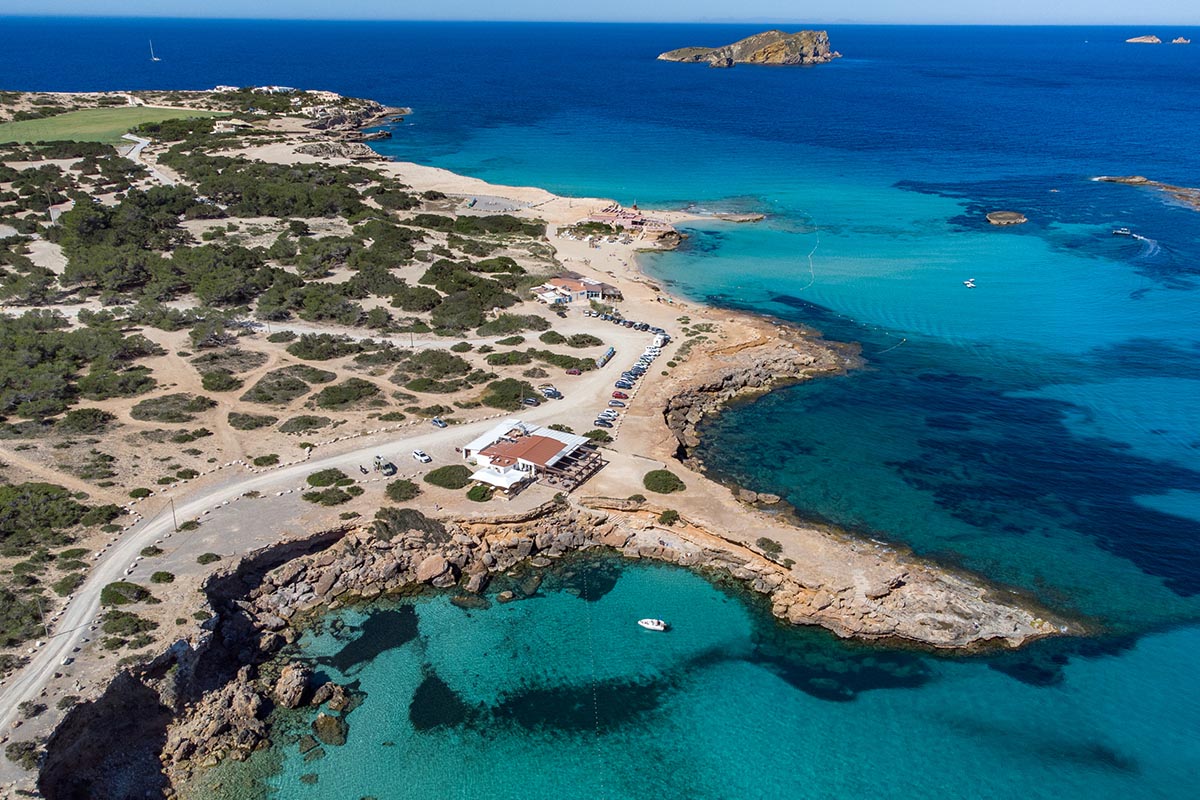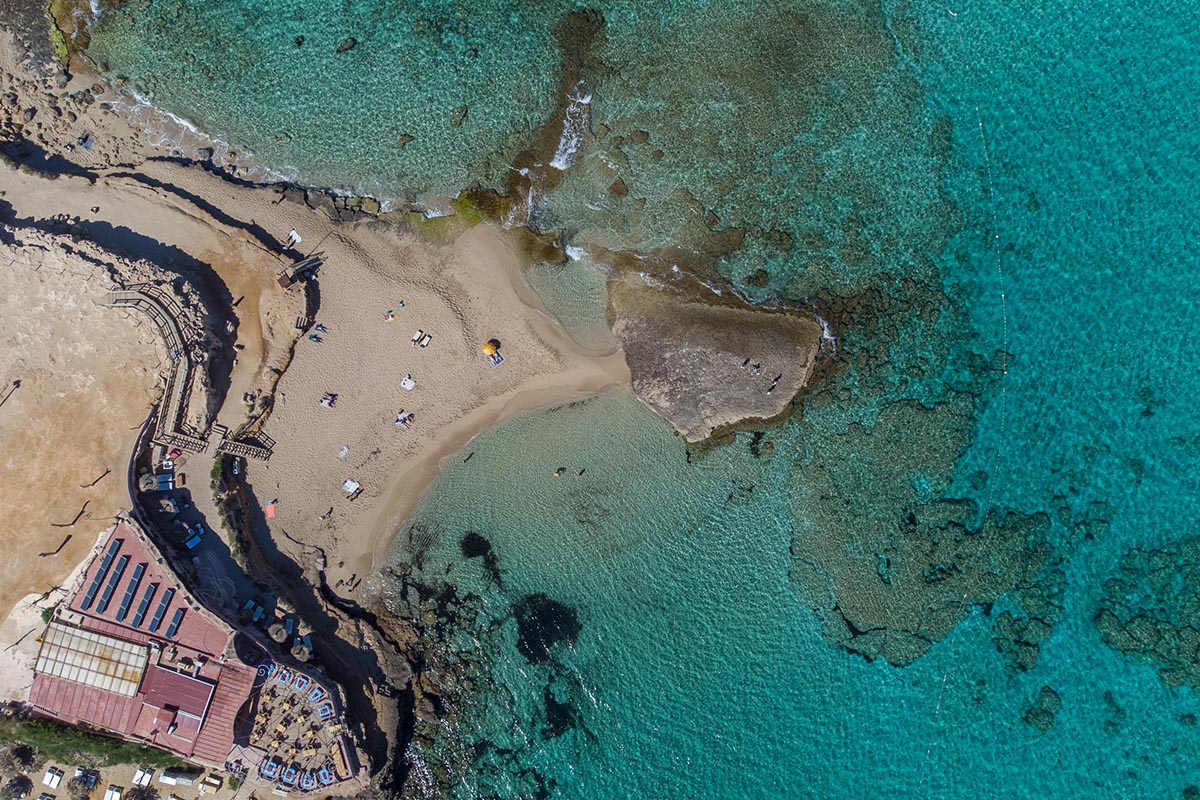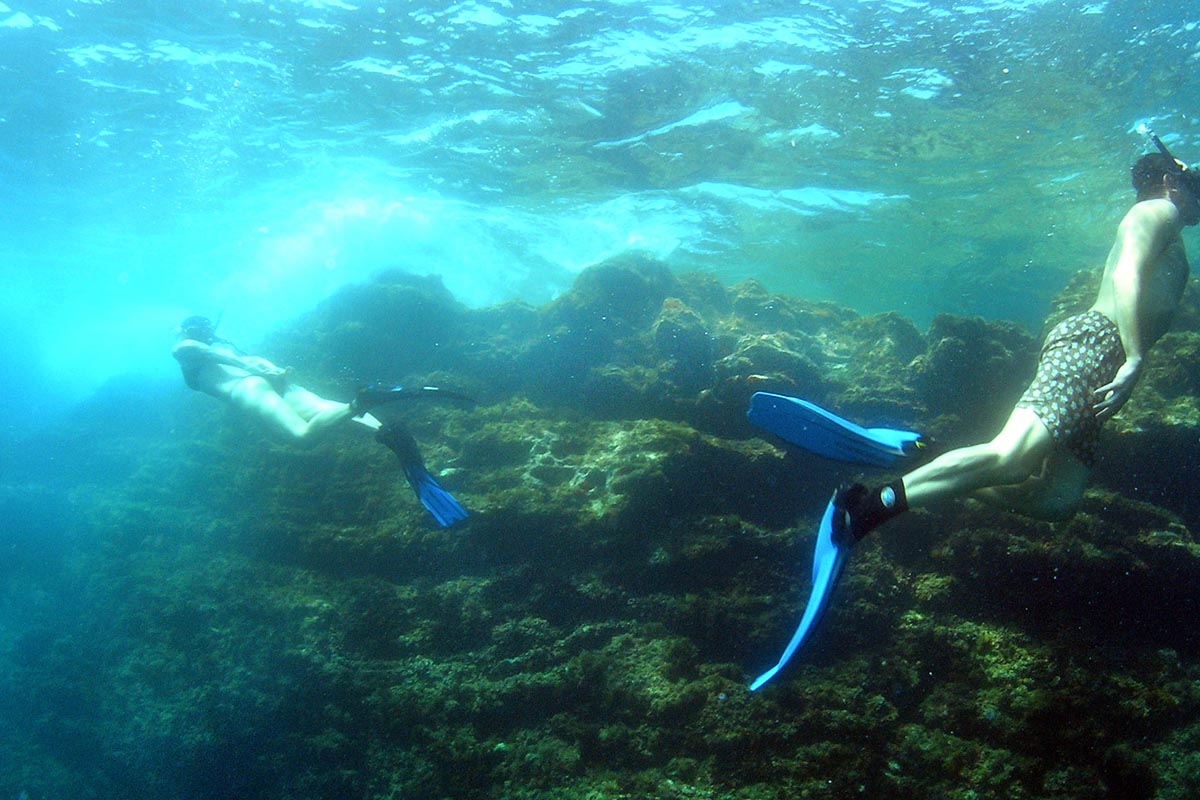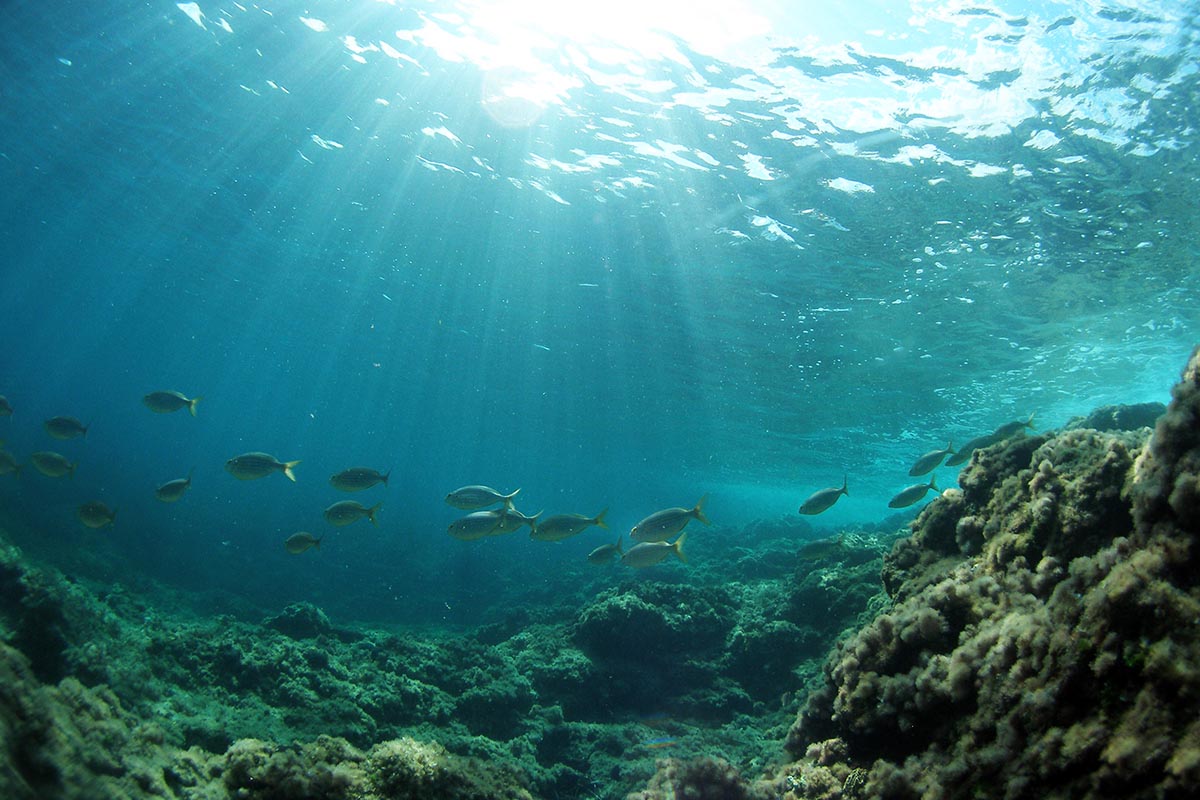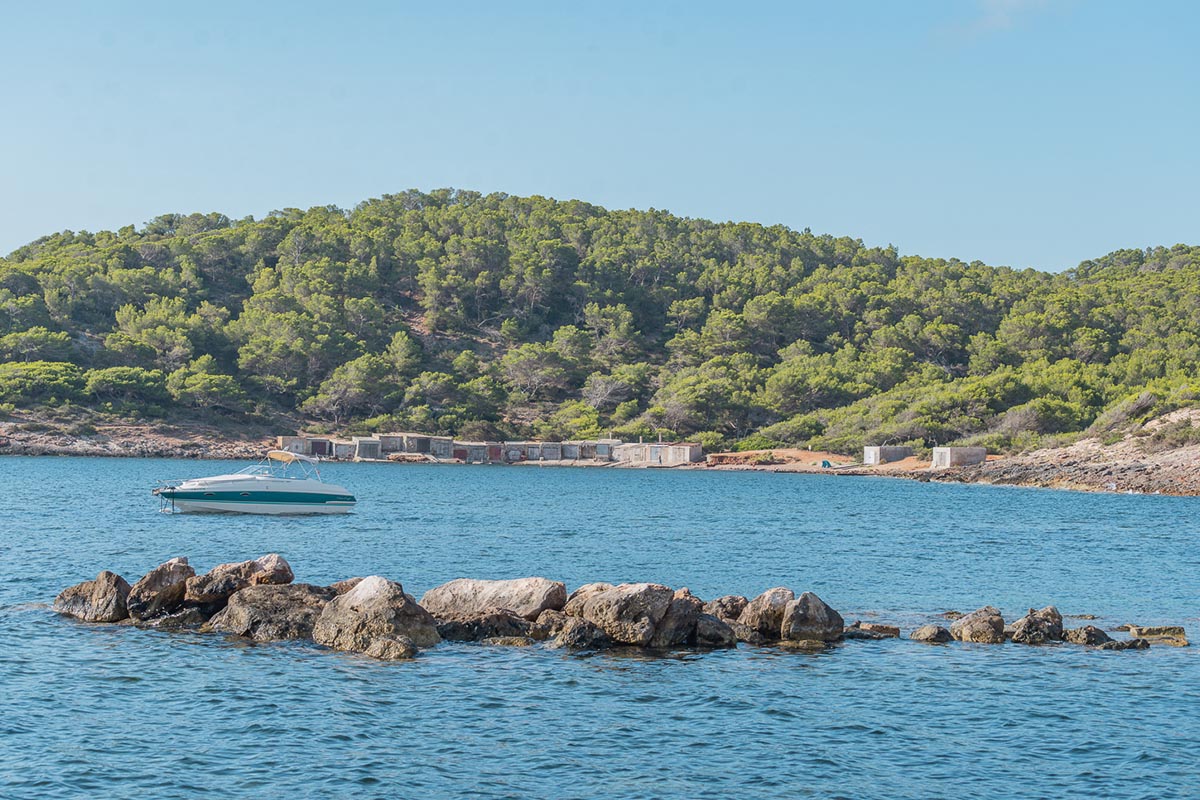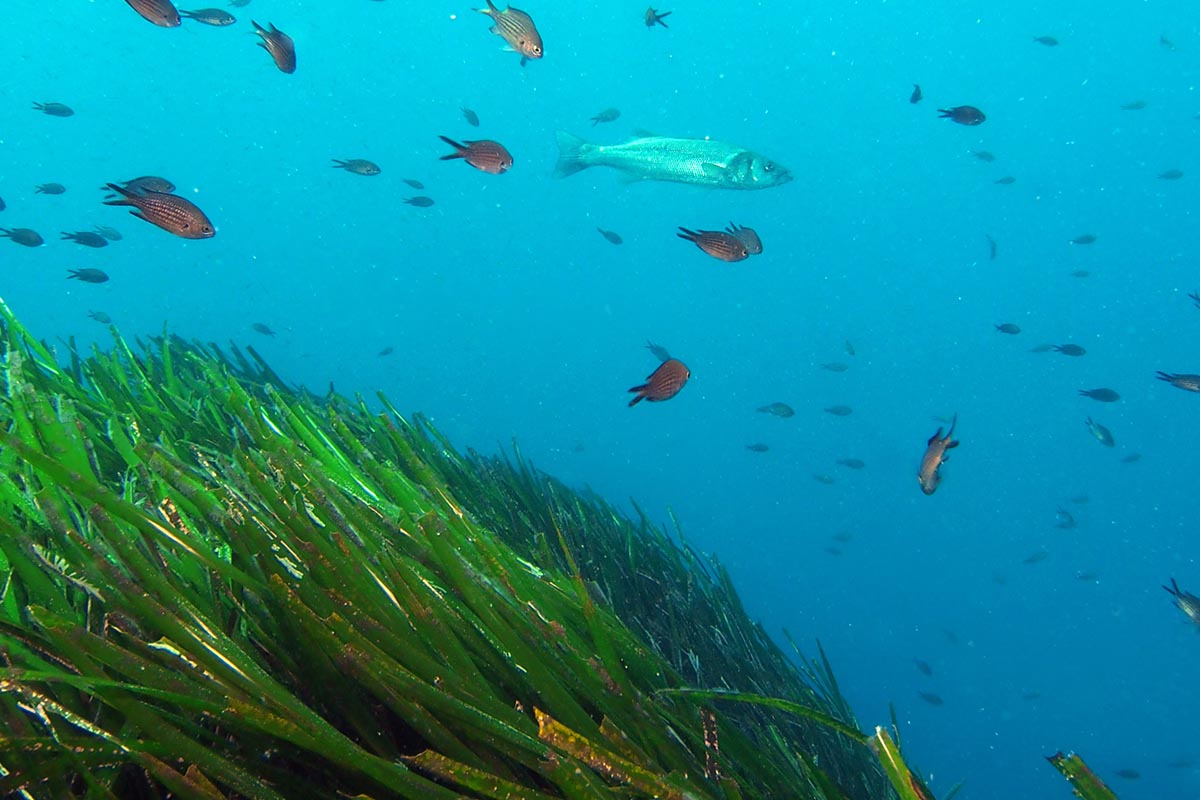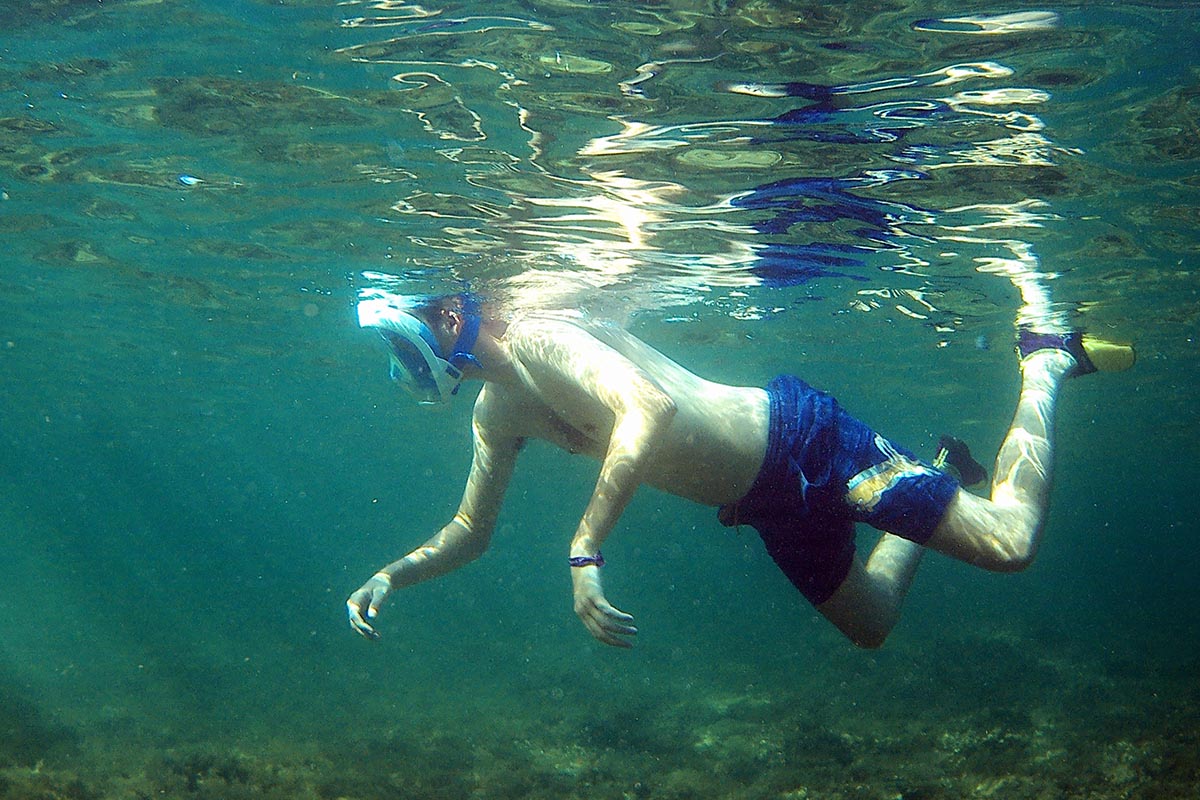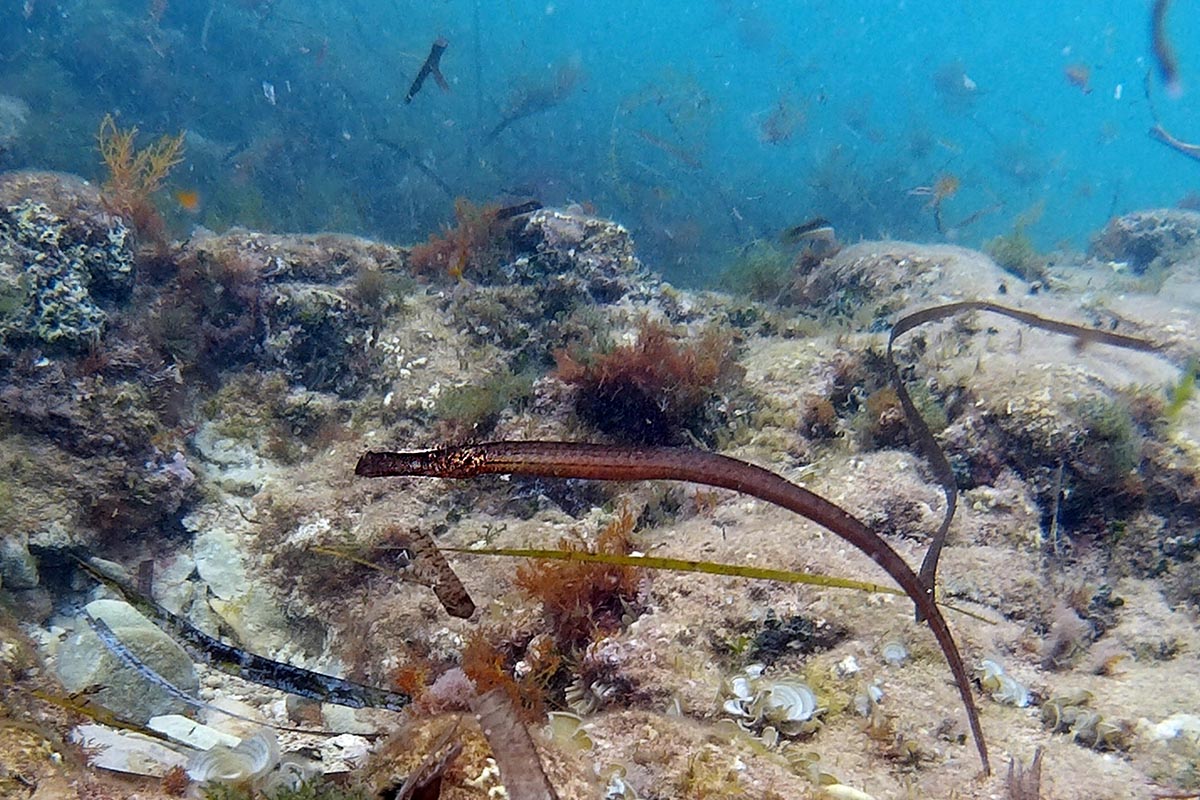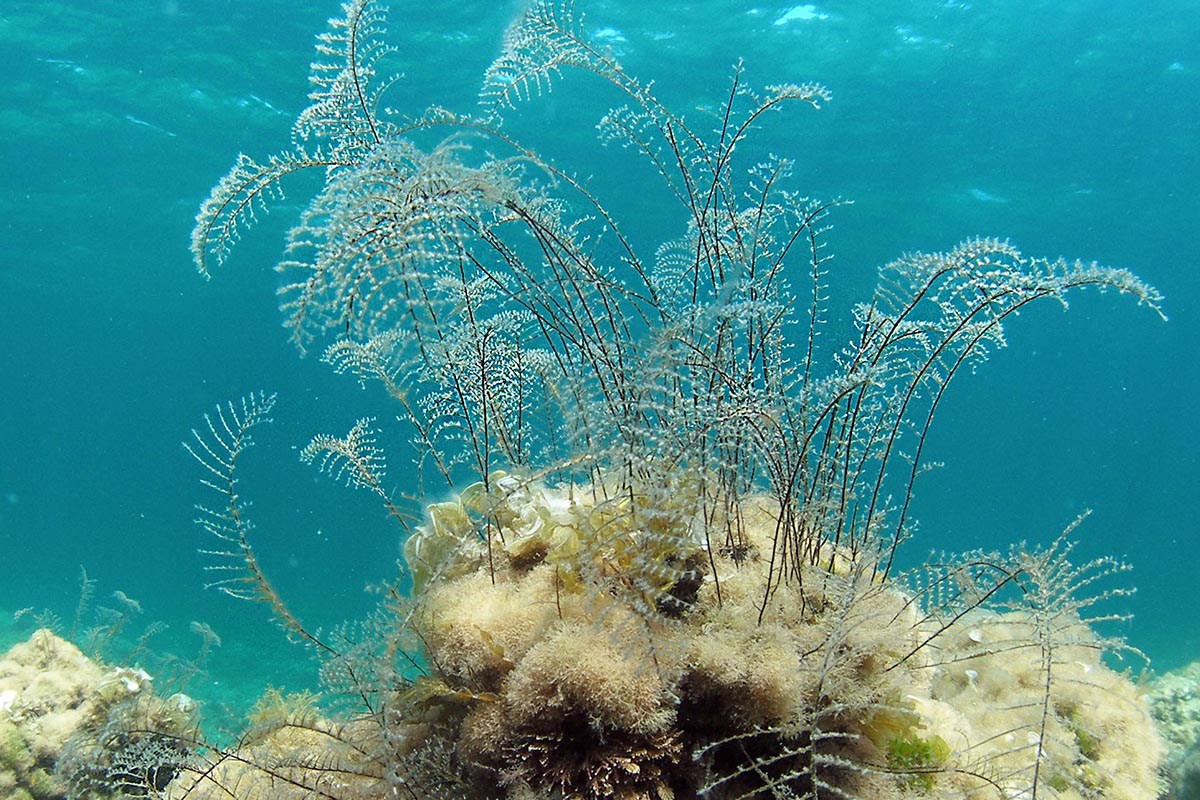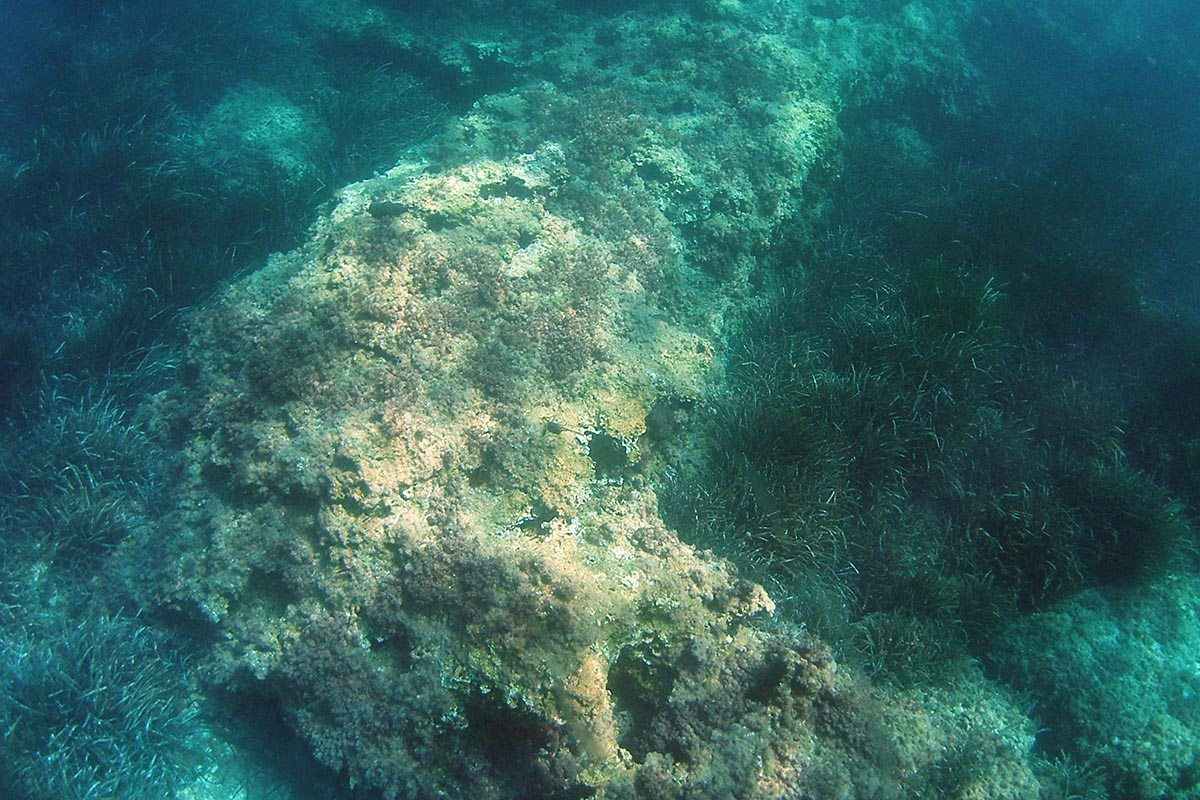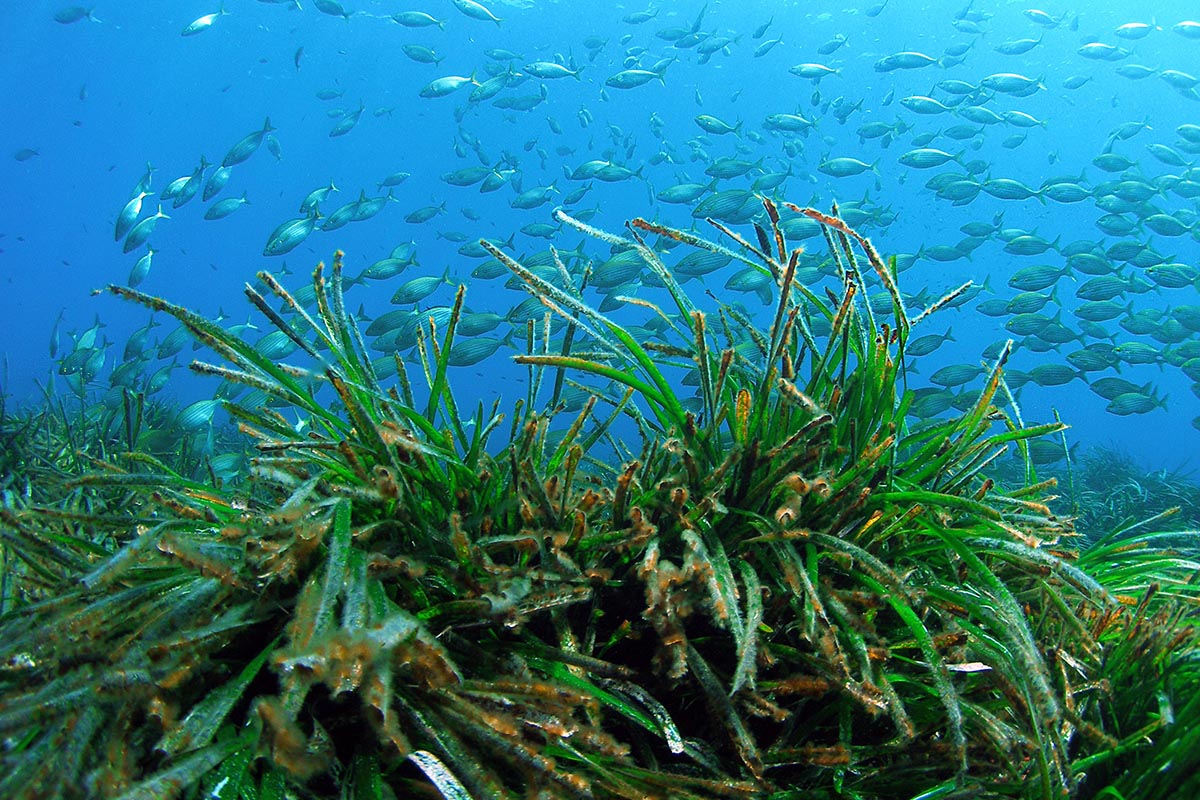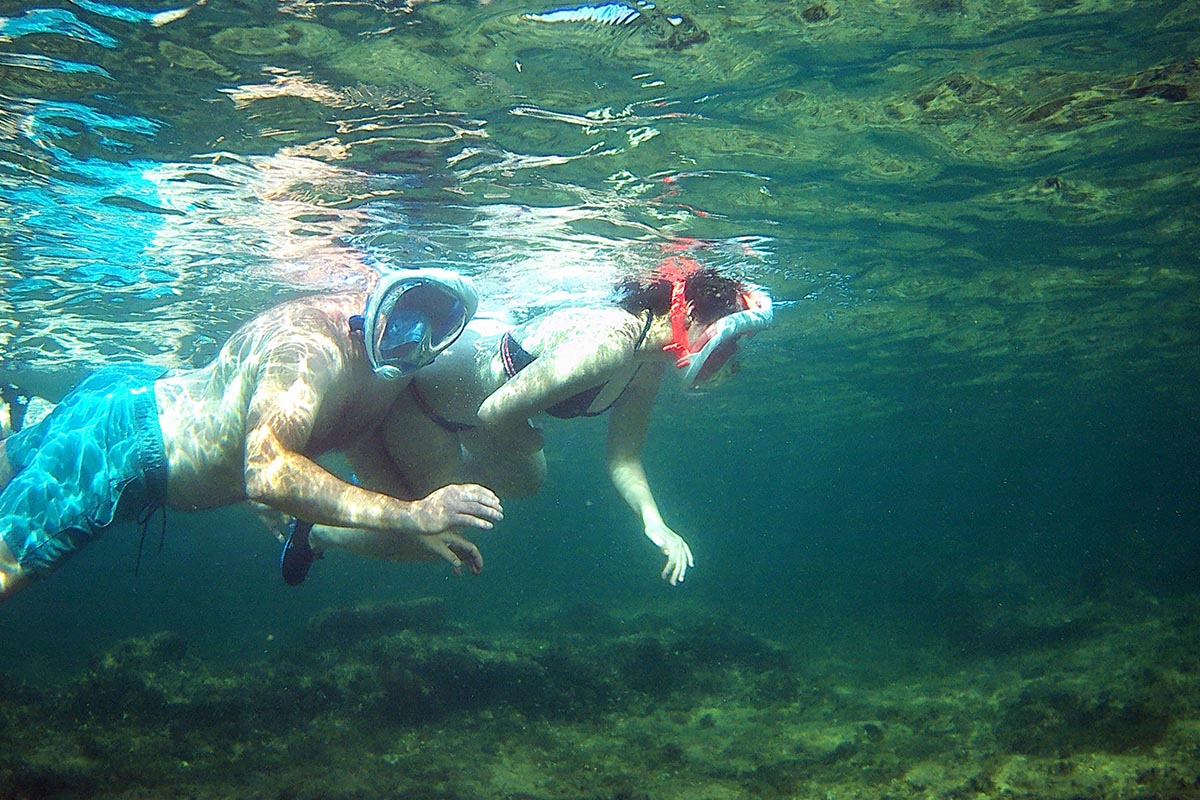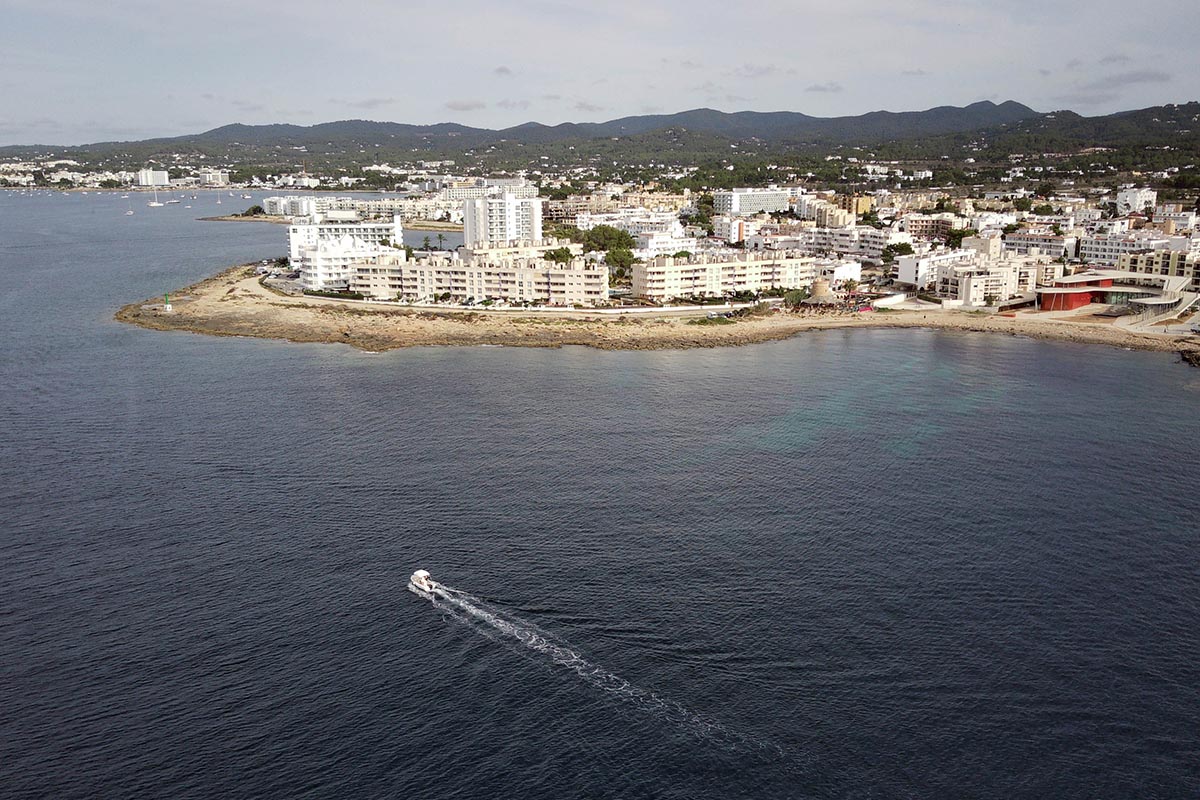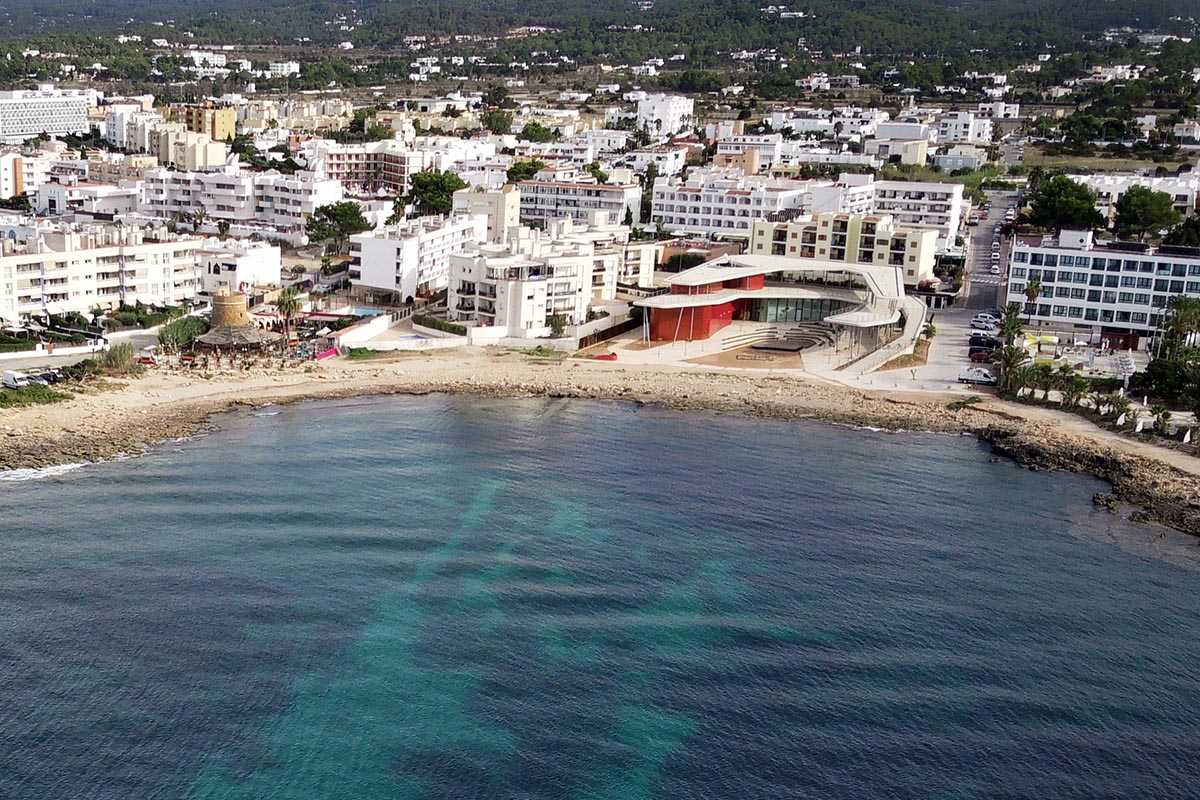
Discover Ses Salines Nature Park on foot or by bicycle: Ses Portes route
A combination of nature, history, and culture for walkers and cyclists to enjoy. Recently, two new routes were presented at the Madrid International Tourism Fair (FITUR) designed to show visitors the most interesting parts of the nature park as they walk or cycle along the trail. These routes will be signposted with totem poles with a QR code that will enable you to access all the information you need about this particular spot.
The following article details the first route known as the “Ses Portes route”, named after the watch tower that you will find along the way.
Ruta ses Portes
This route enables you to trace the whole perimeter of the maritime edge of Ibiza’s salt pans passing through its two main beaches
The cosmopolitan and famous beach of Ses Salines and Es Cavallet beach. You can begin the route at either of the two ends and there are alternative trails that pass through wooded areas and along the edges of the saltpans that face eastwards. It is an easy trail that does not require much effort, so all that you would need to take is some water and make sure that you wear a cap or a hat to protect you from the sun, particularly during the summer.

We suggest that you begin the route at Sa Canal, a tiny village of little houses and stores that grew up as the salt industry developed between the 19th and 20th centuries. The place has a special charm with its classic architecture, gabled roofs, whitewashed façades and balustrades with porches that shade doors and windows painted emerald green. Facing the sea and leading into the water is the pier equipped with all the machinery needed to load the salt on the boats moored in the dock.
Looking westwards, a few metres from here, you will find a little cove with fishermen’s huts and the remaining vestiges of what was once a flourishing salt industry. For example, you can still see the remains of an old barge, stranded on the rocks, and beyond it another wider ramp where there are rails that run into the sea. These are the remains of the boatyard where the salt company repaired and fitted out the barges that were used to transport the salt before the whole process was mechanised. The former salt loading pier, the village of Sa Canal, and the salt port formed the industrial heart of the area with other constructions such as silos, administrative buildings, and large warehouses and stores. Some of these are used for different purposes today, such as the impressive exhibition venue known as “La Nave” (Spanish for warehouse). Close by is the former train line that was used to bring the precious merchandise from the salt pans.
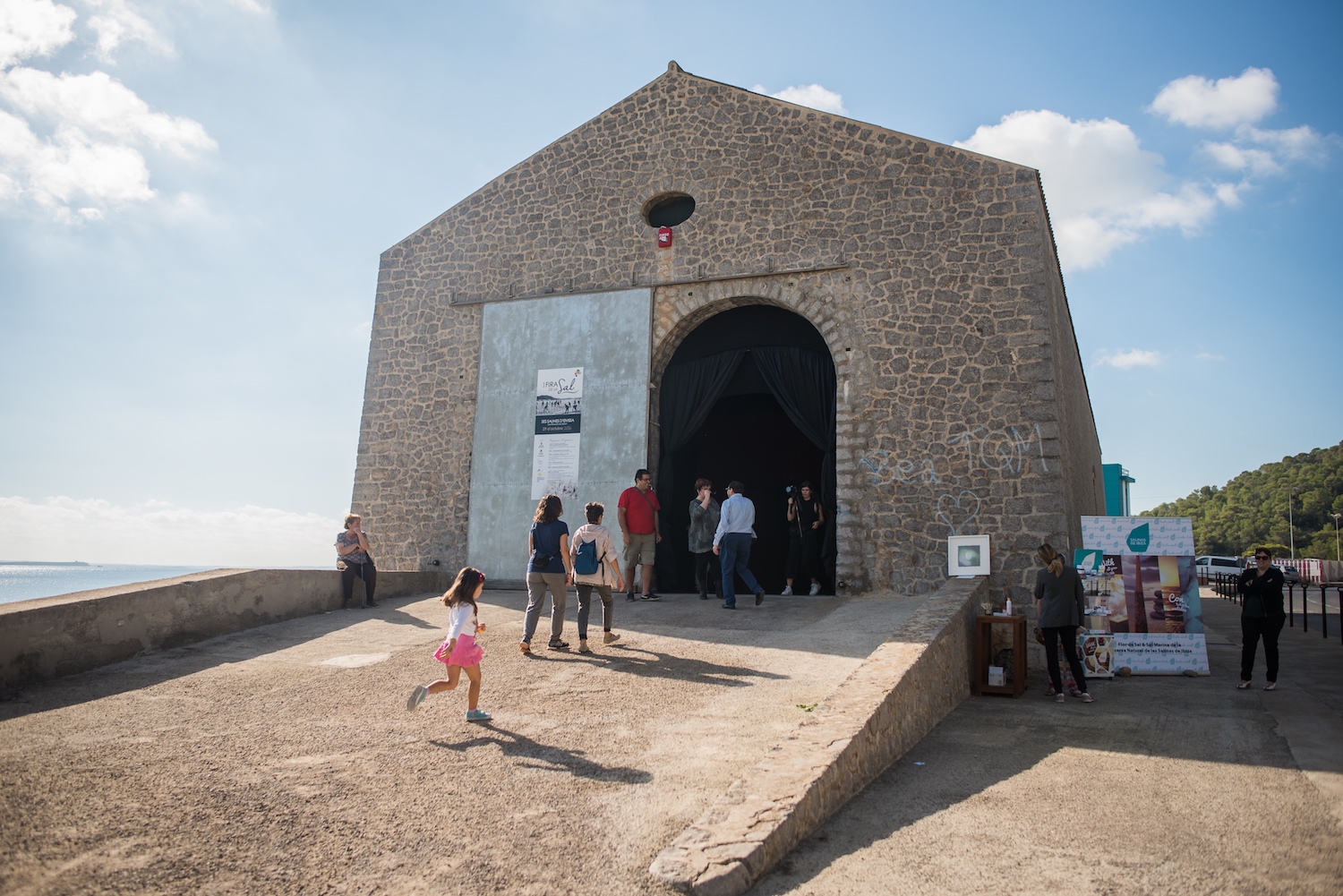
Following along the path, you reach a turn off to the left where you will discover the Pou des Carbó, a well that dates back to 1765, and which supplied the water for the steam engine boilers. Back on the route again, you will come to the popular beach of Ses Salines, a beautiful expanse of sand which at its end divides into a number of little coves with sandstone cliffs etched by the wind and also by human activity. The straighter lines bear witness to a time when the area was a quarry used to supply stone for building the walls of Ibiza’s old town. If you follow this trail in summer, it is probably advisable to take the path that runs through the woodland making the most of the shade that it affords, and which you reach passing on from the sand dunes and the beach. The paths converge and lead to some interesting places such as Pouet de Sa Trinxa (a well built in sandstone, designed to provide fresh water for workers).
Find the complete map of the trail here







